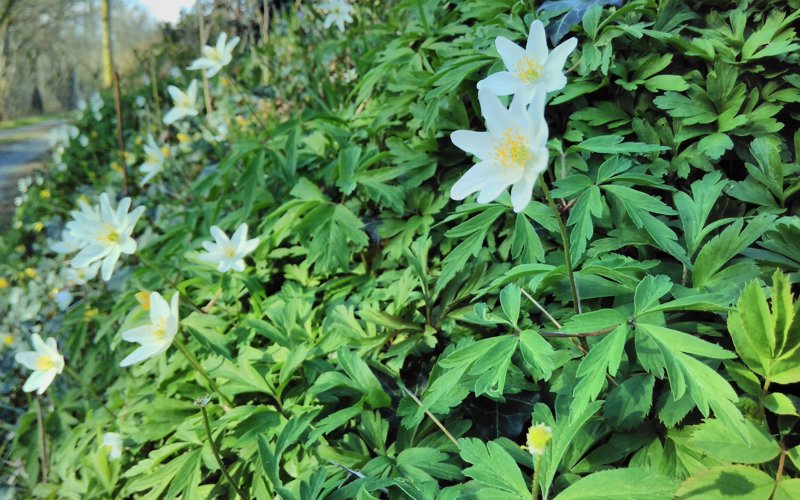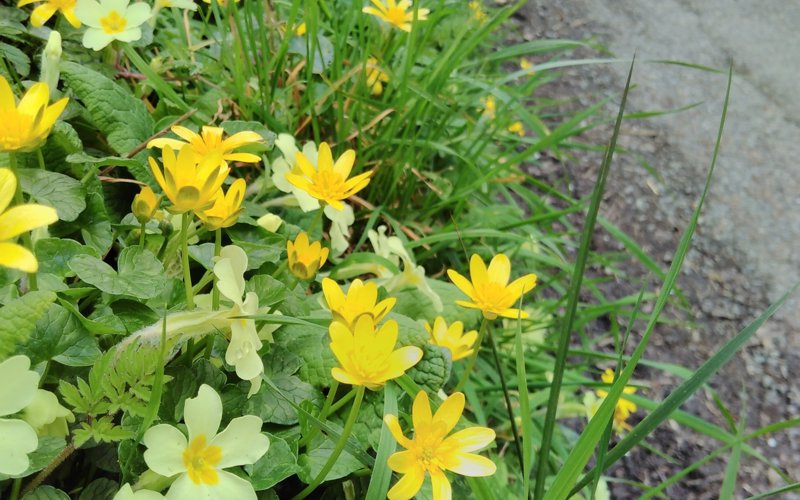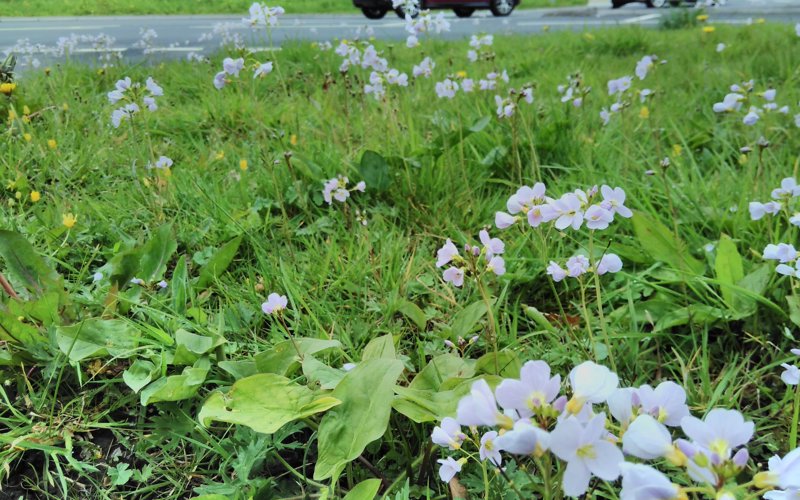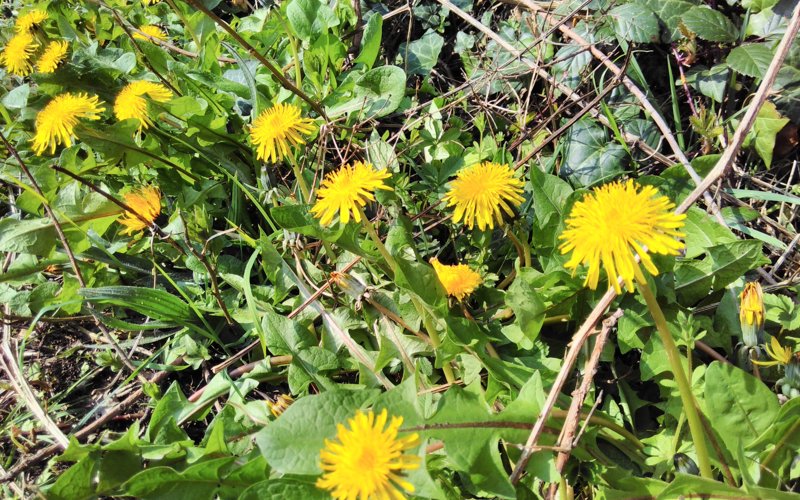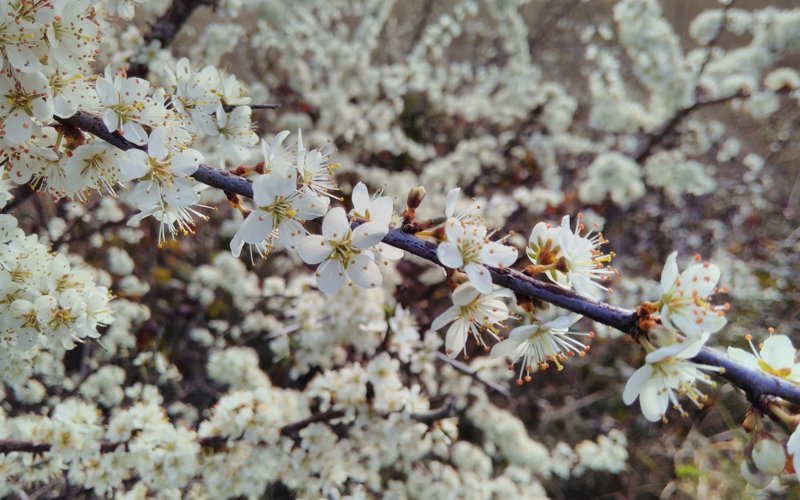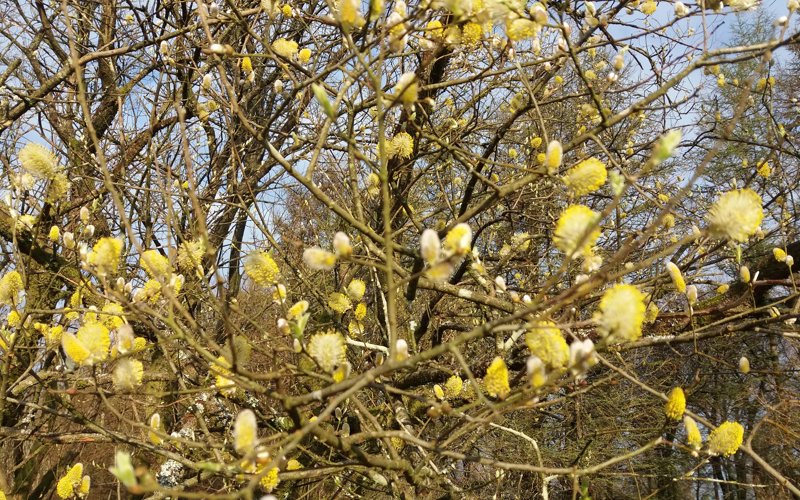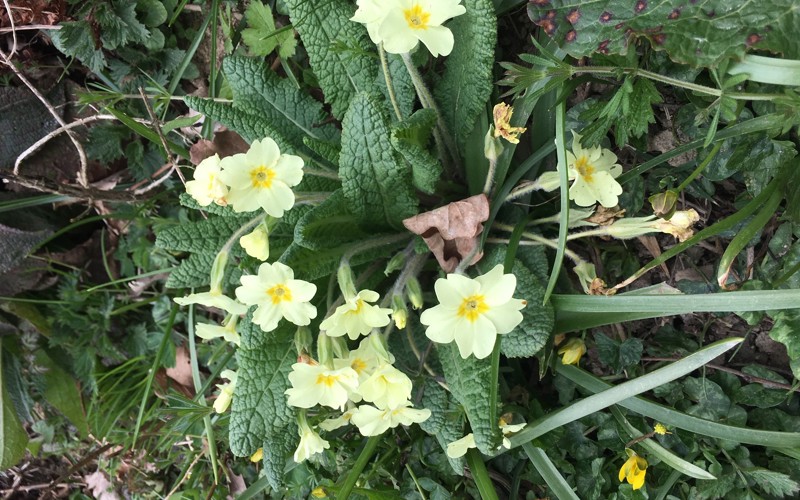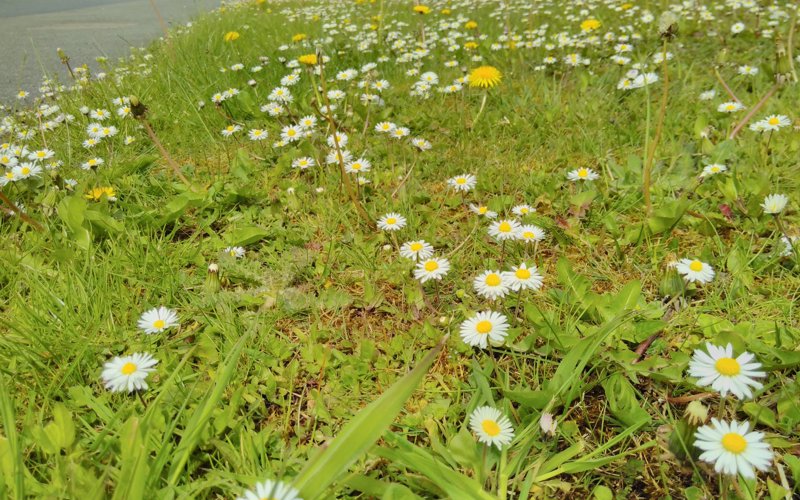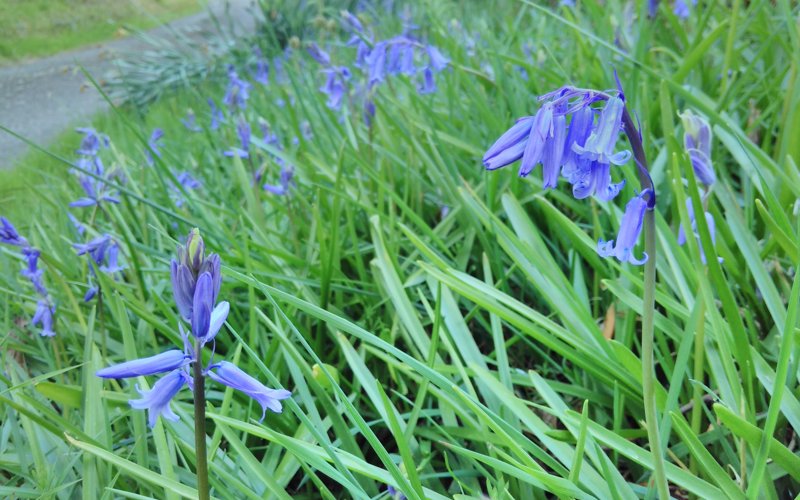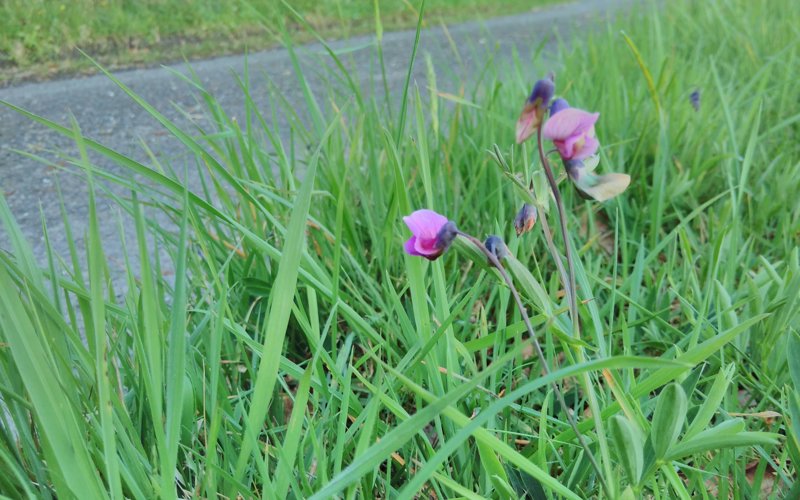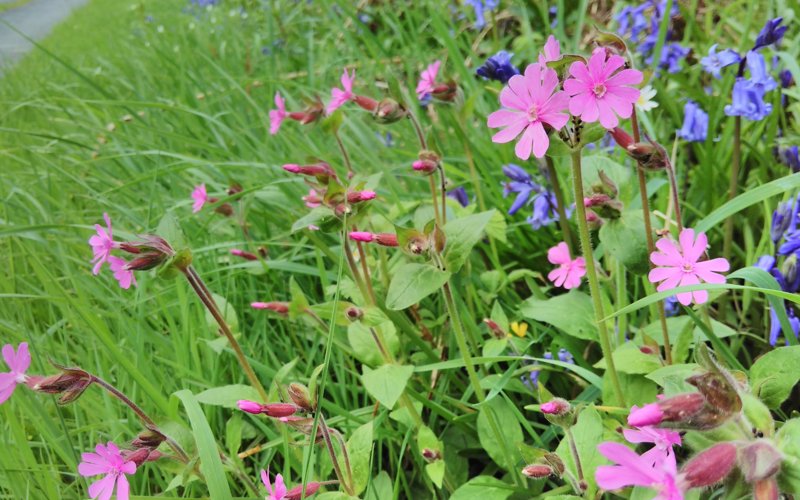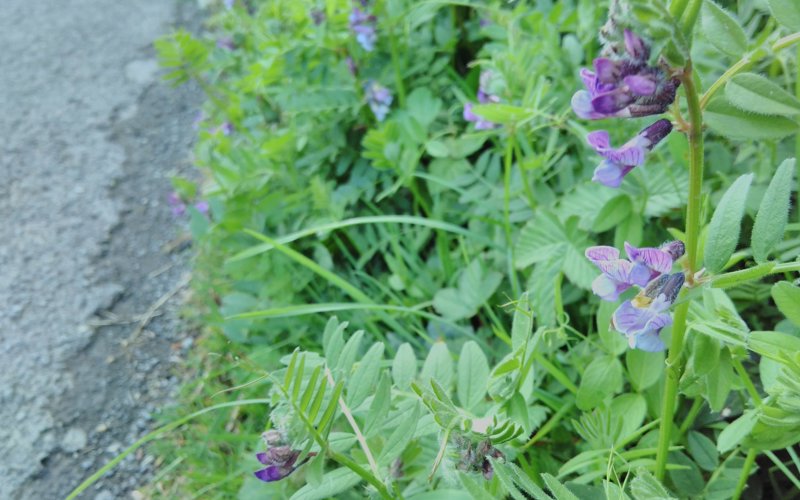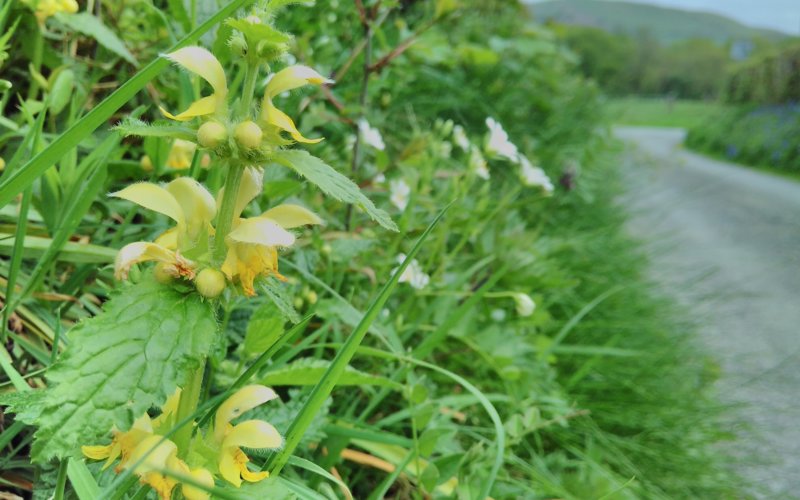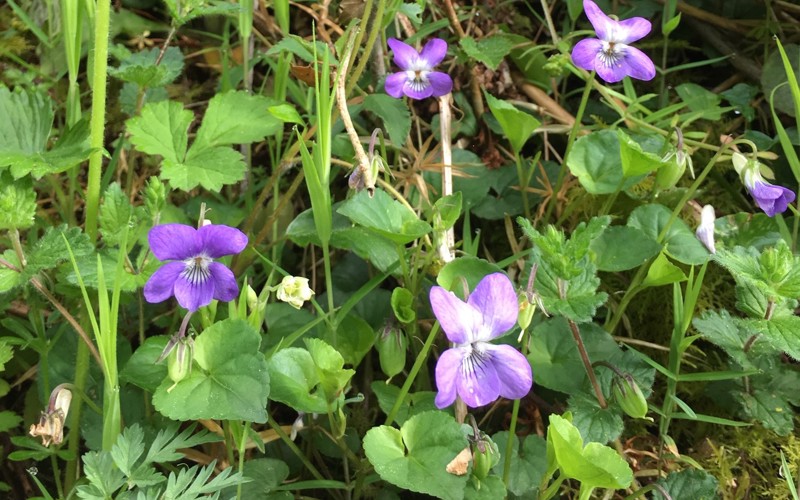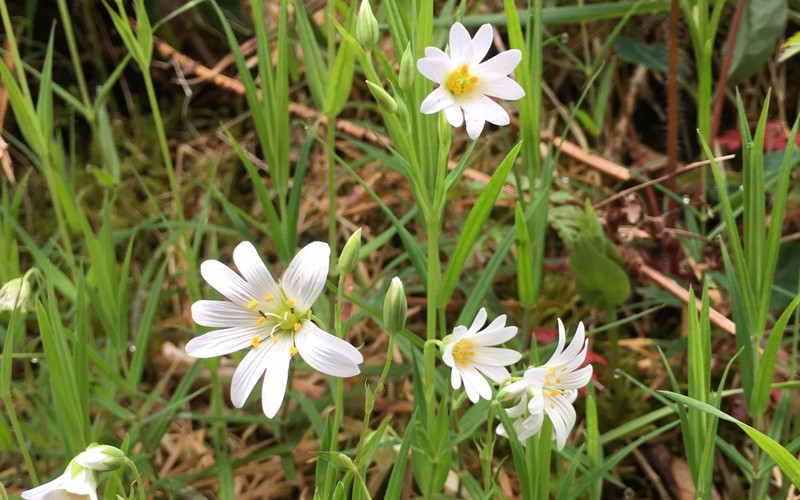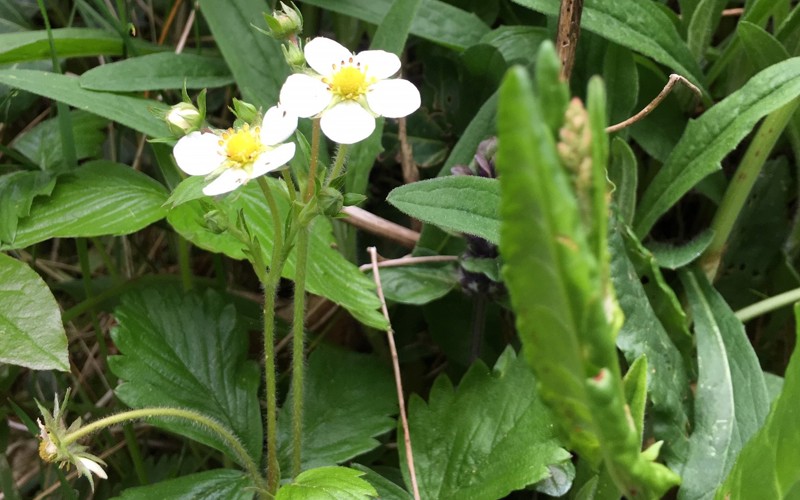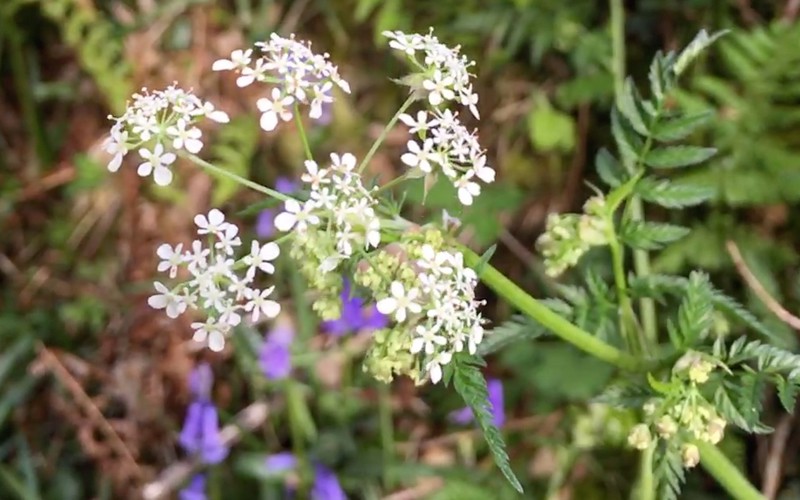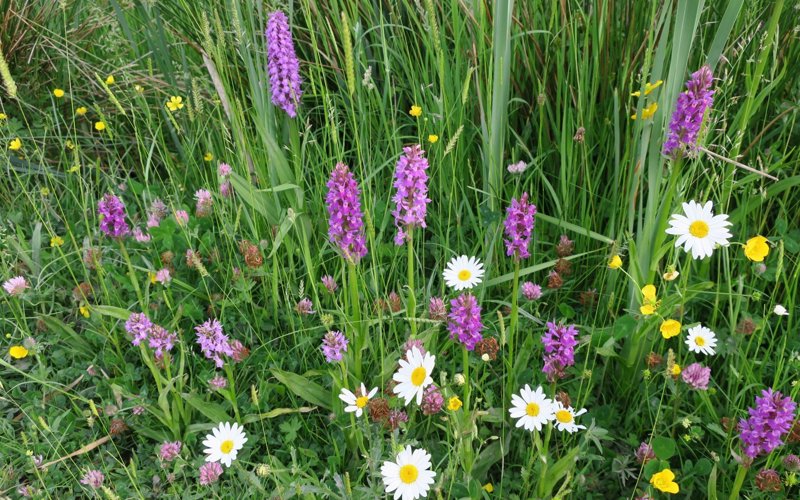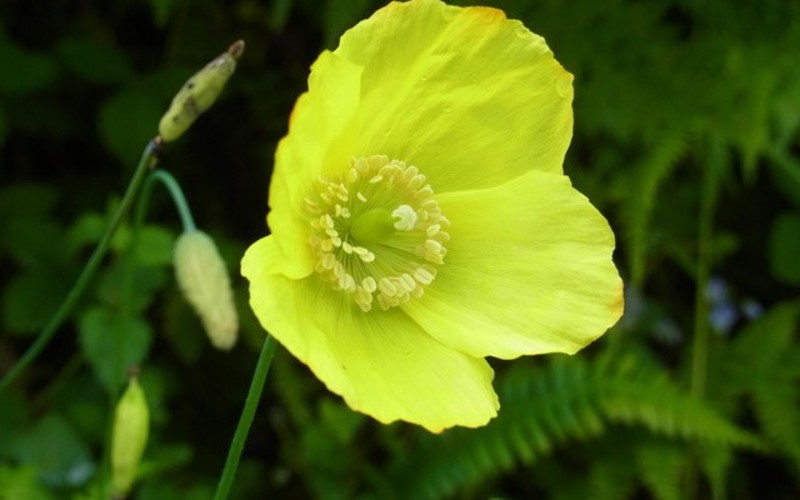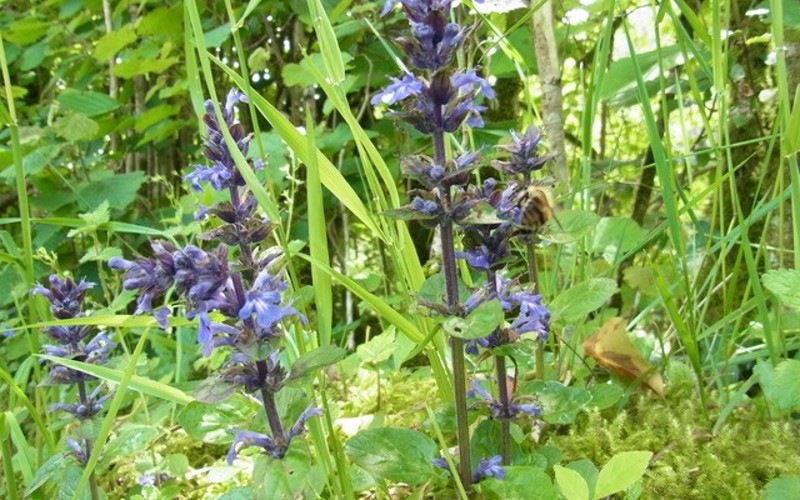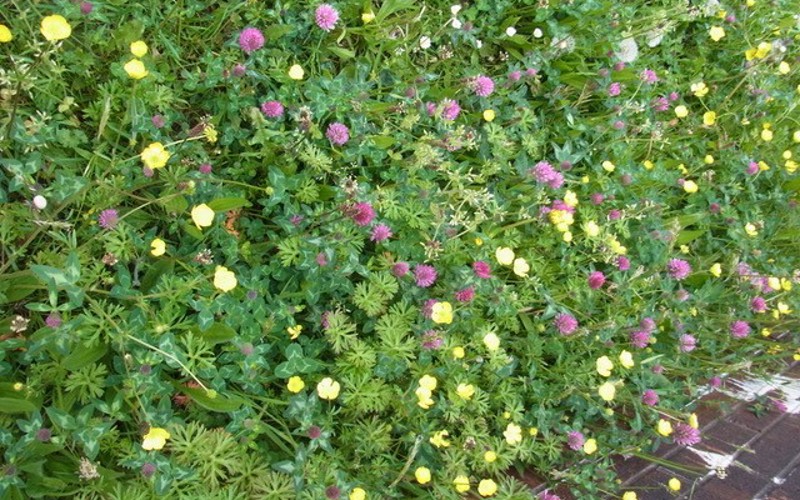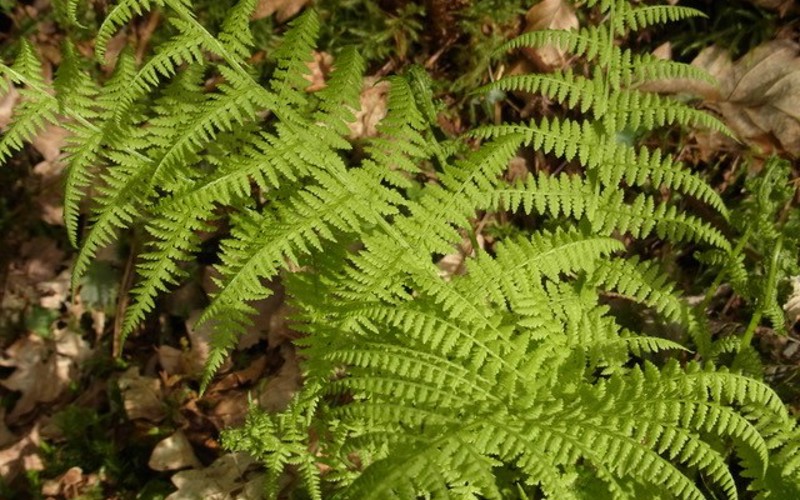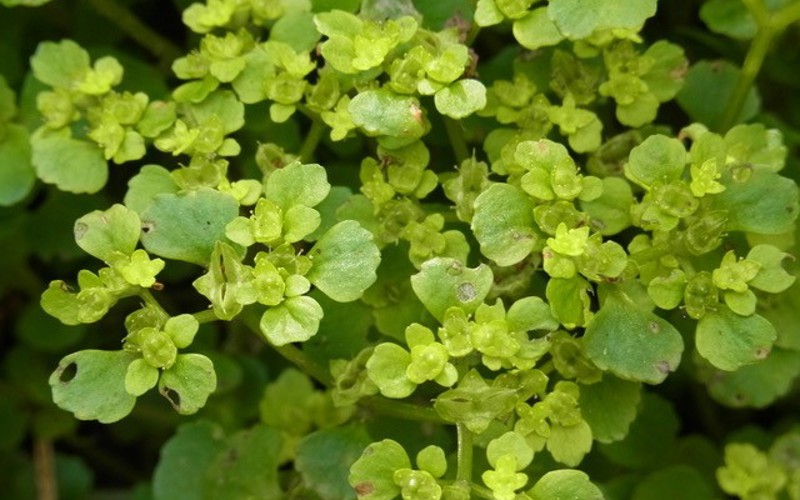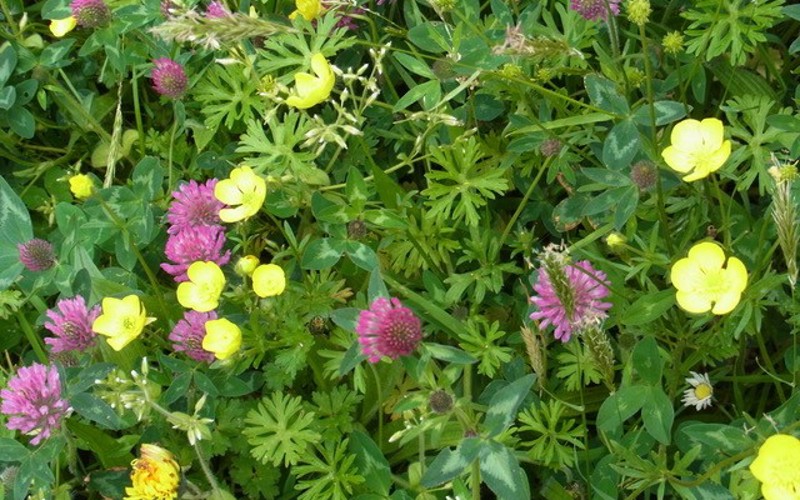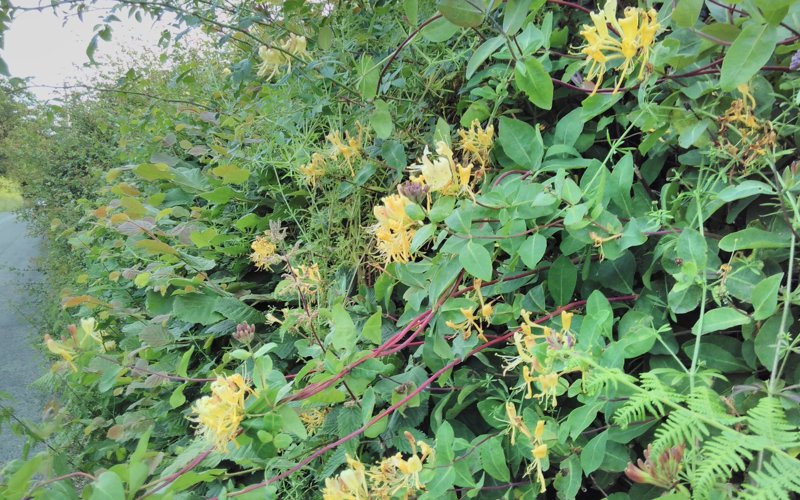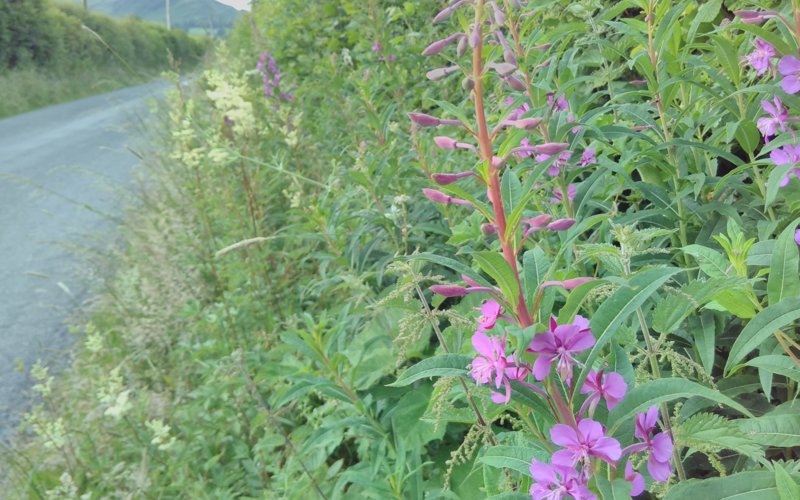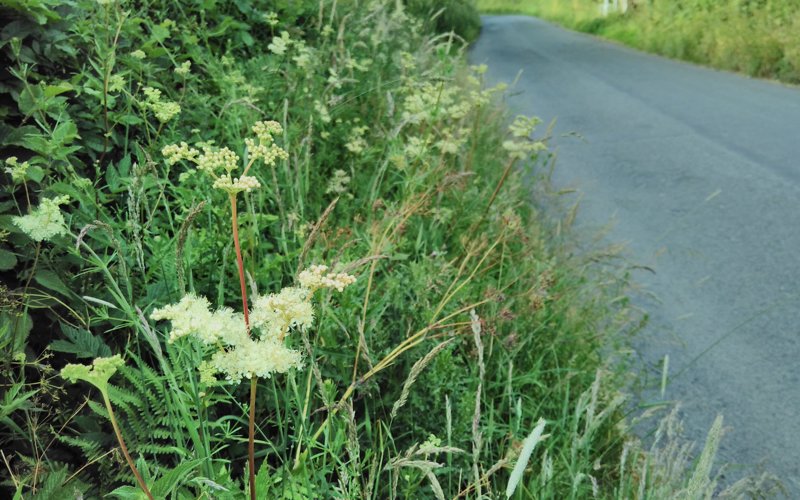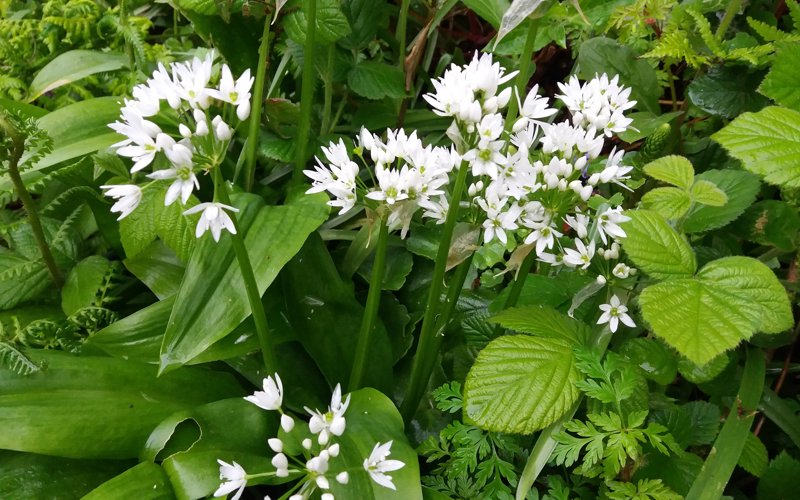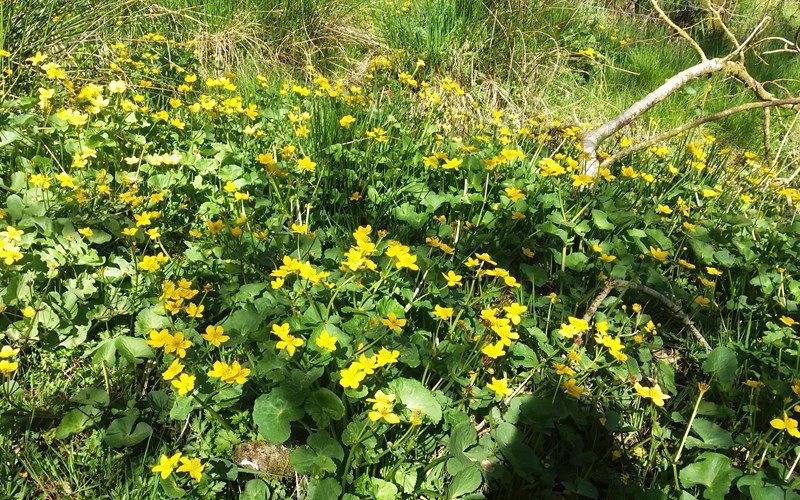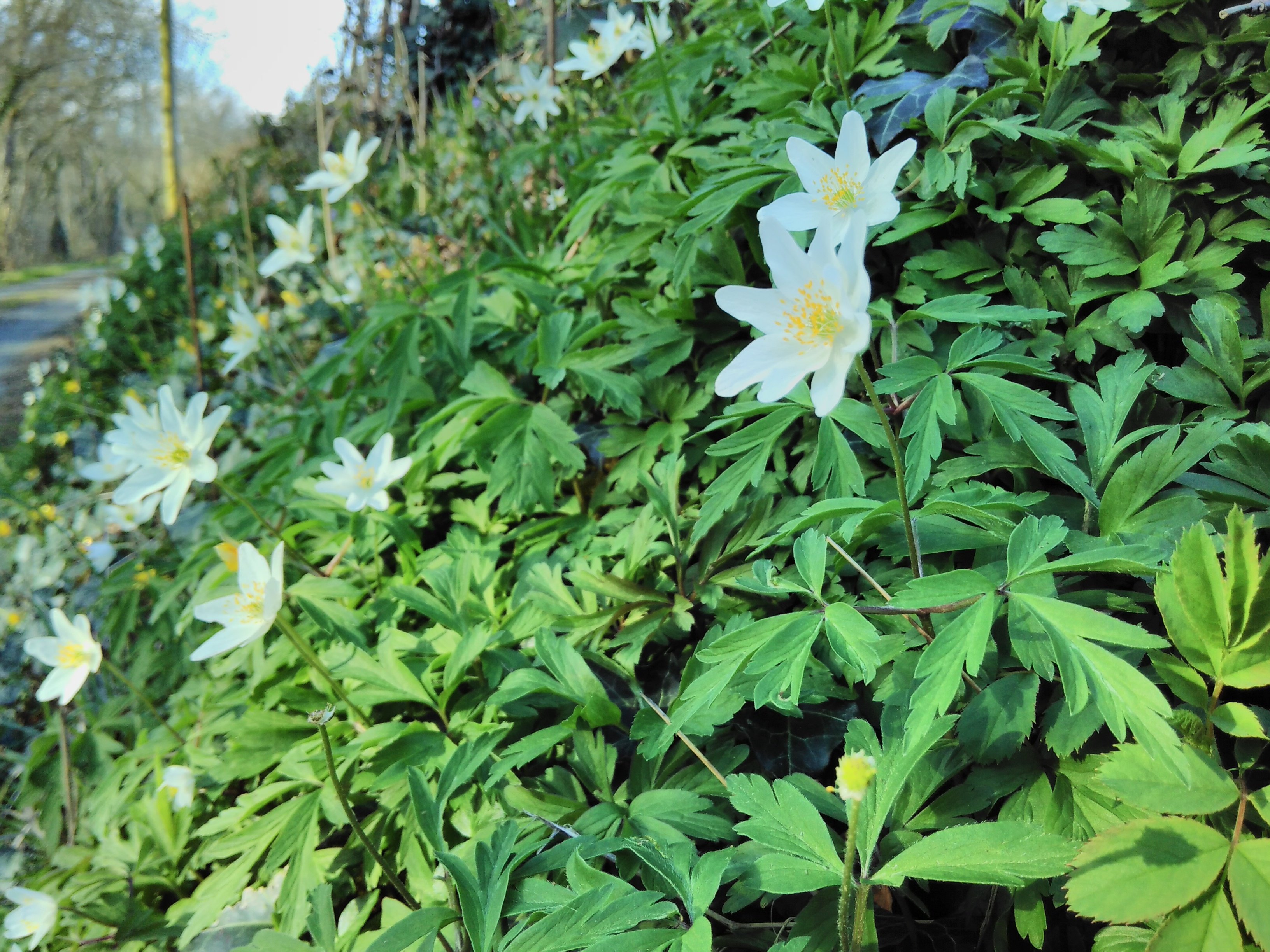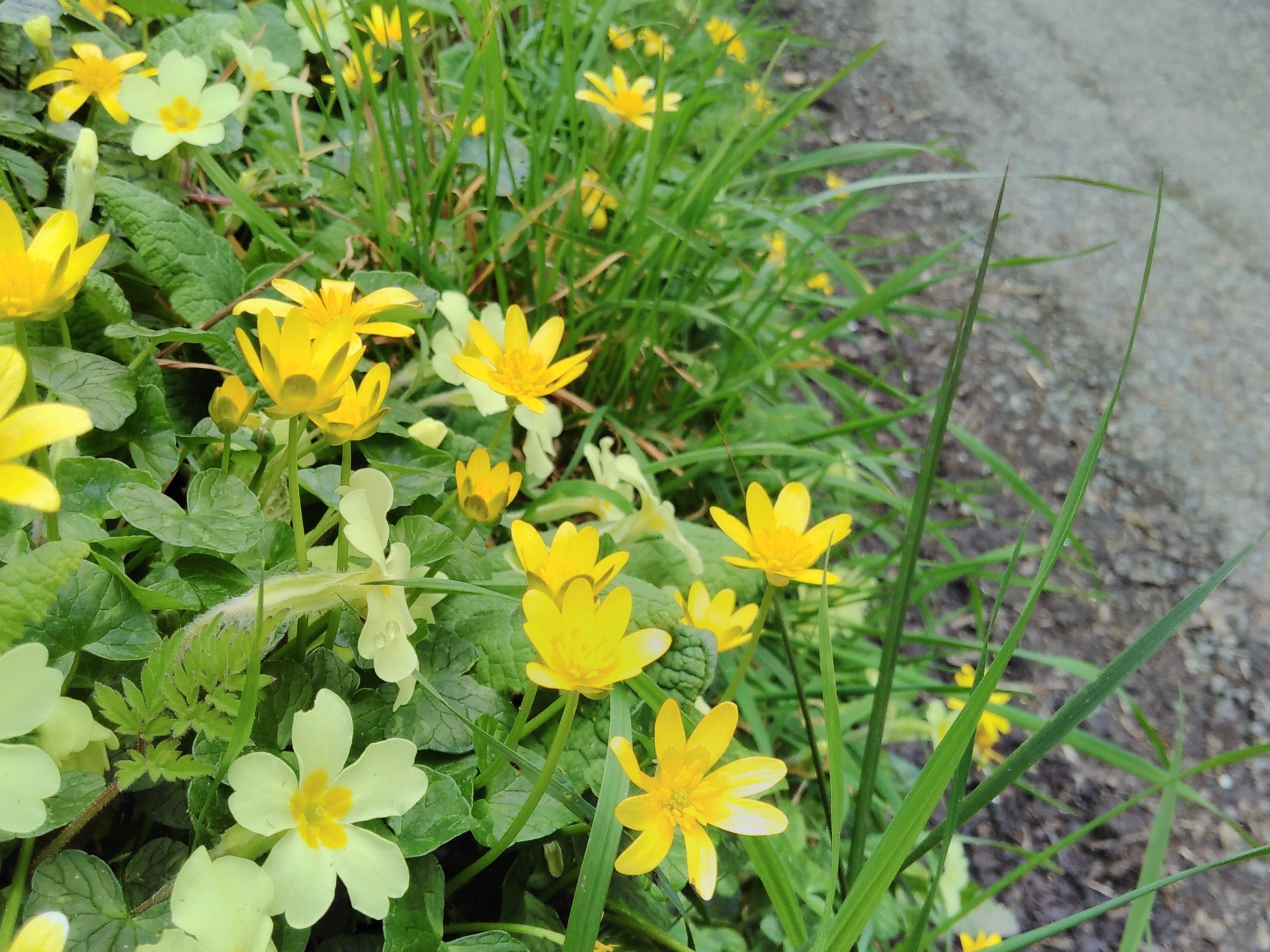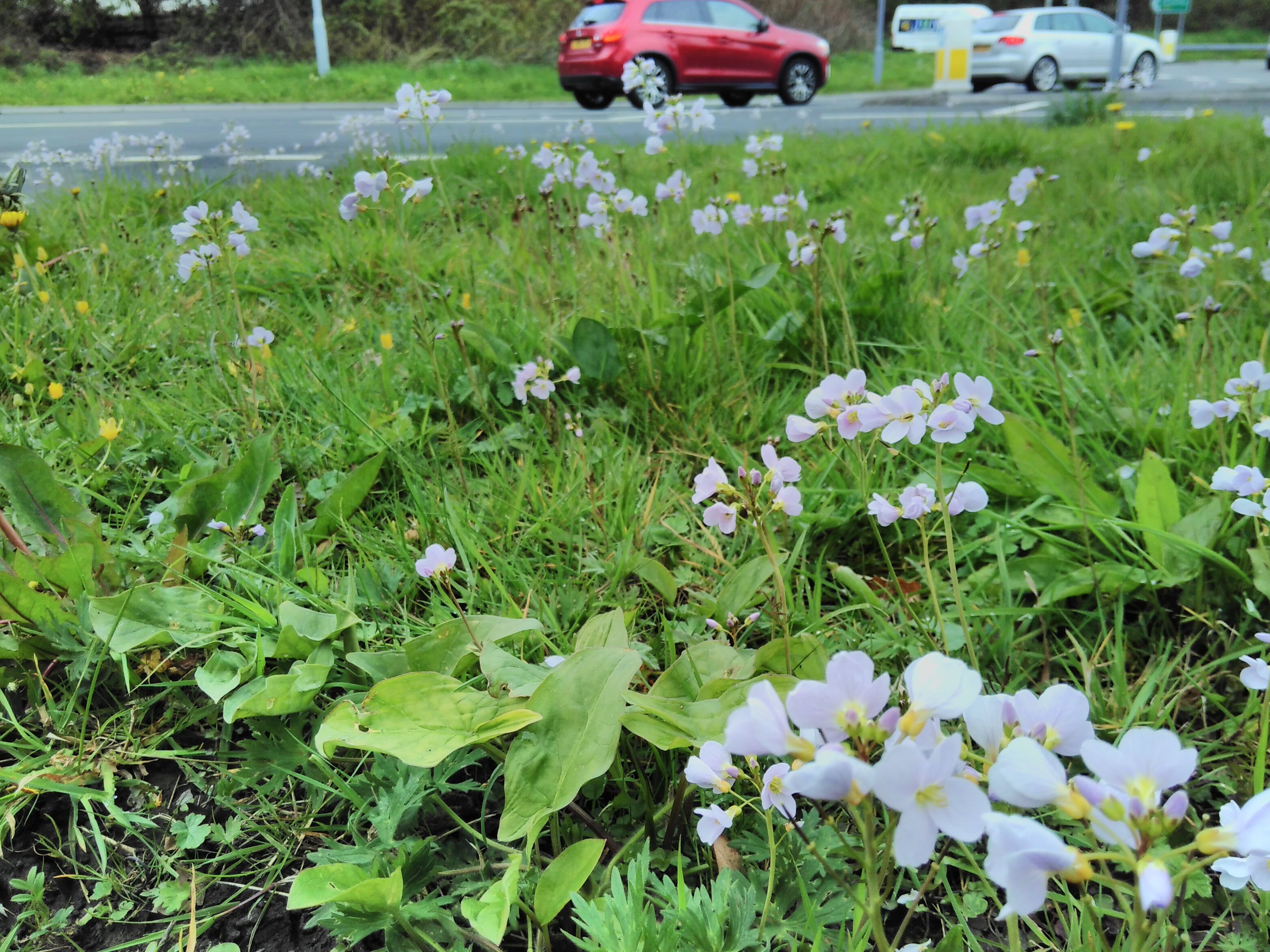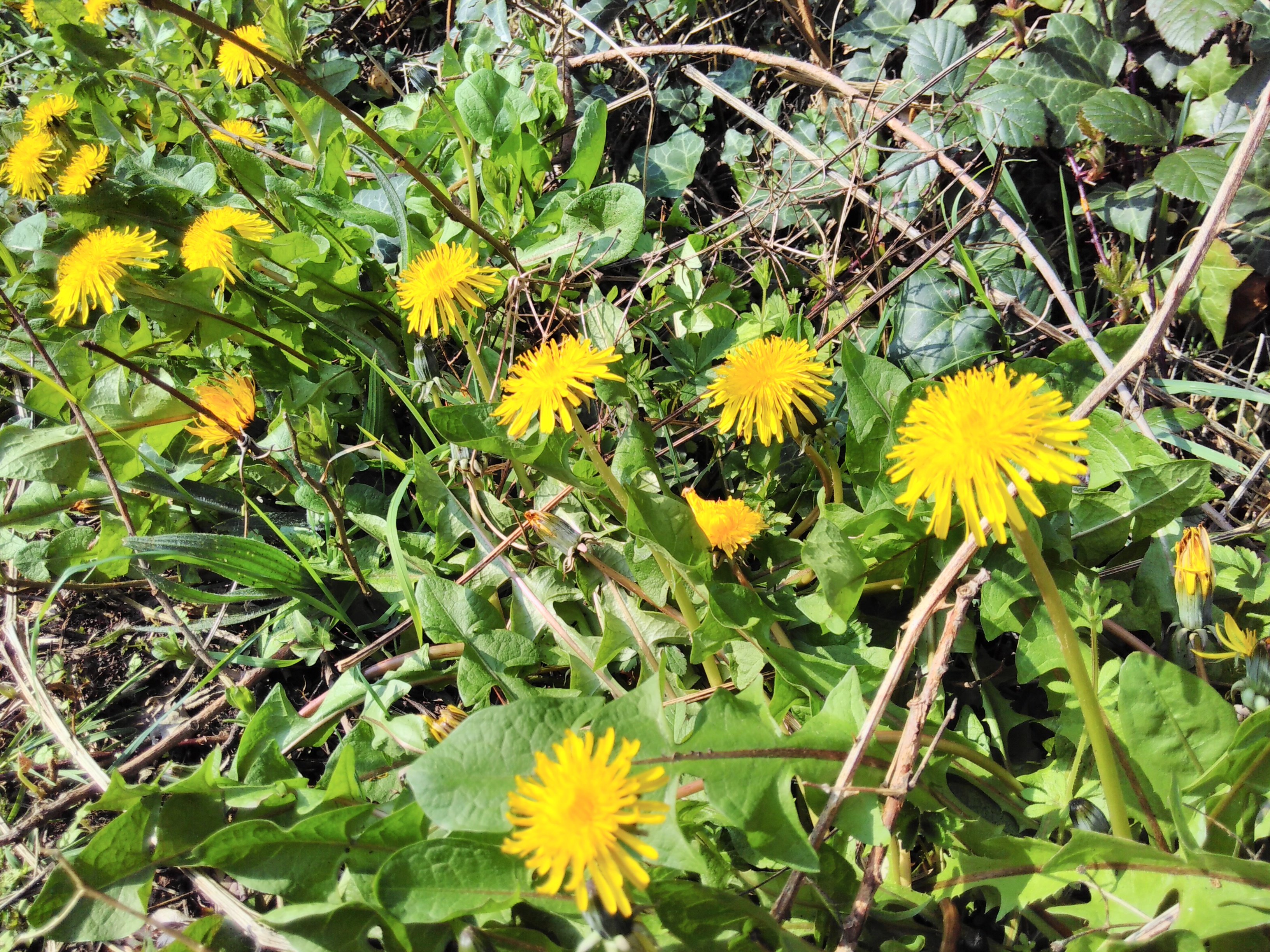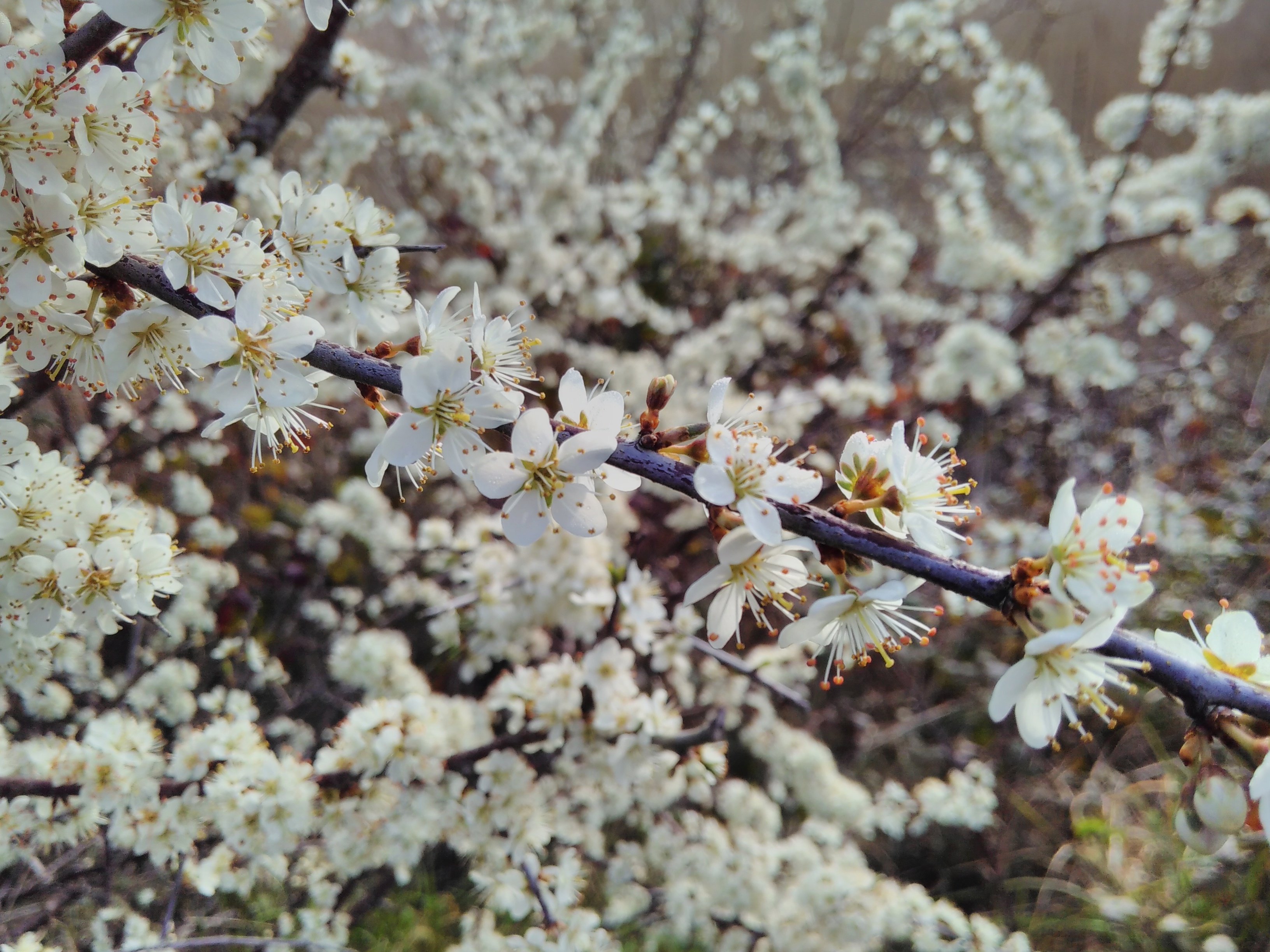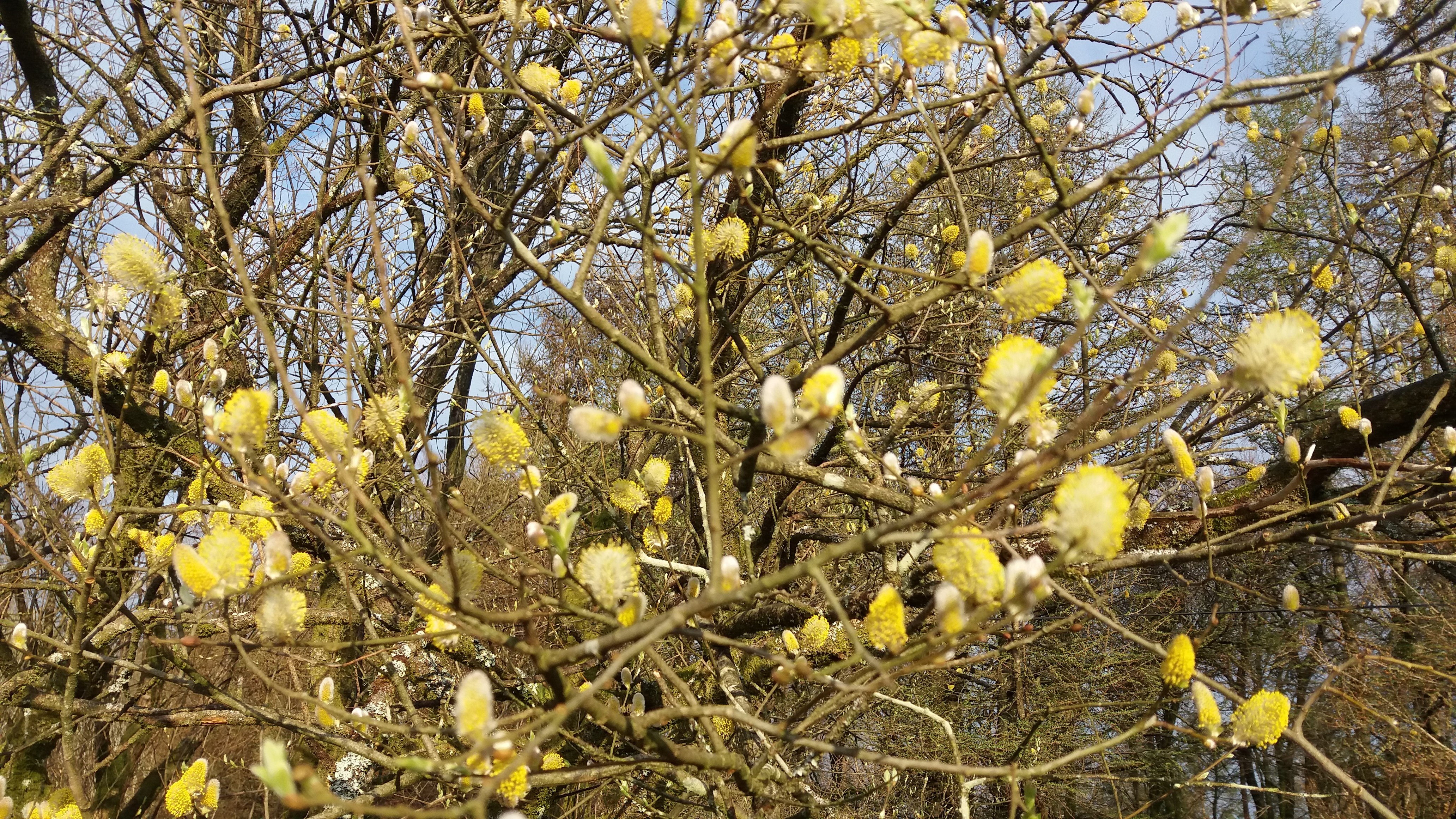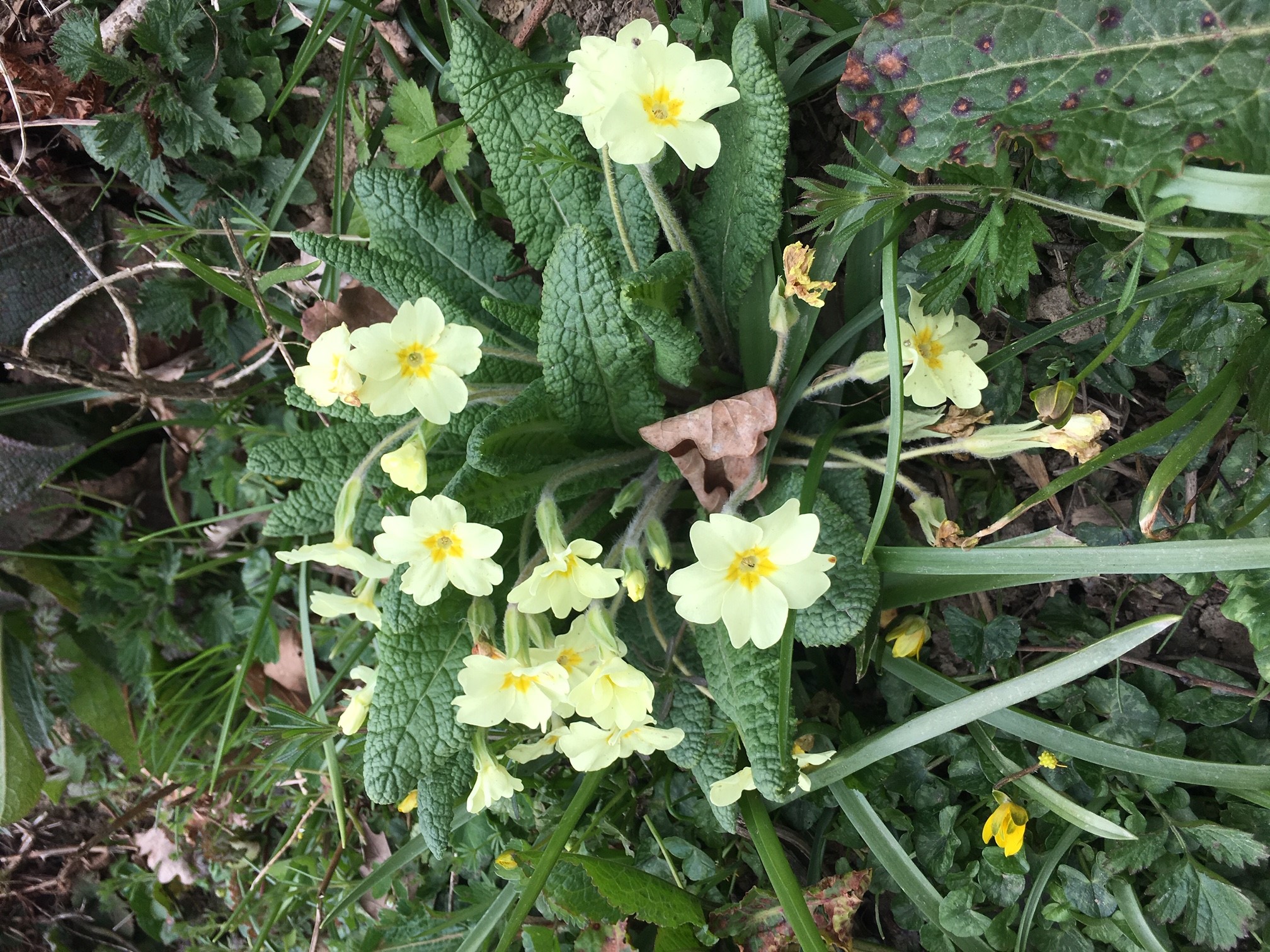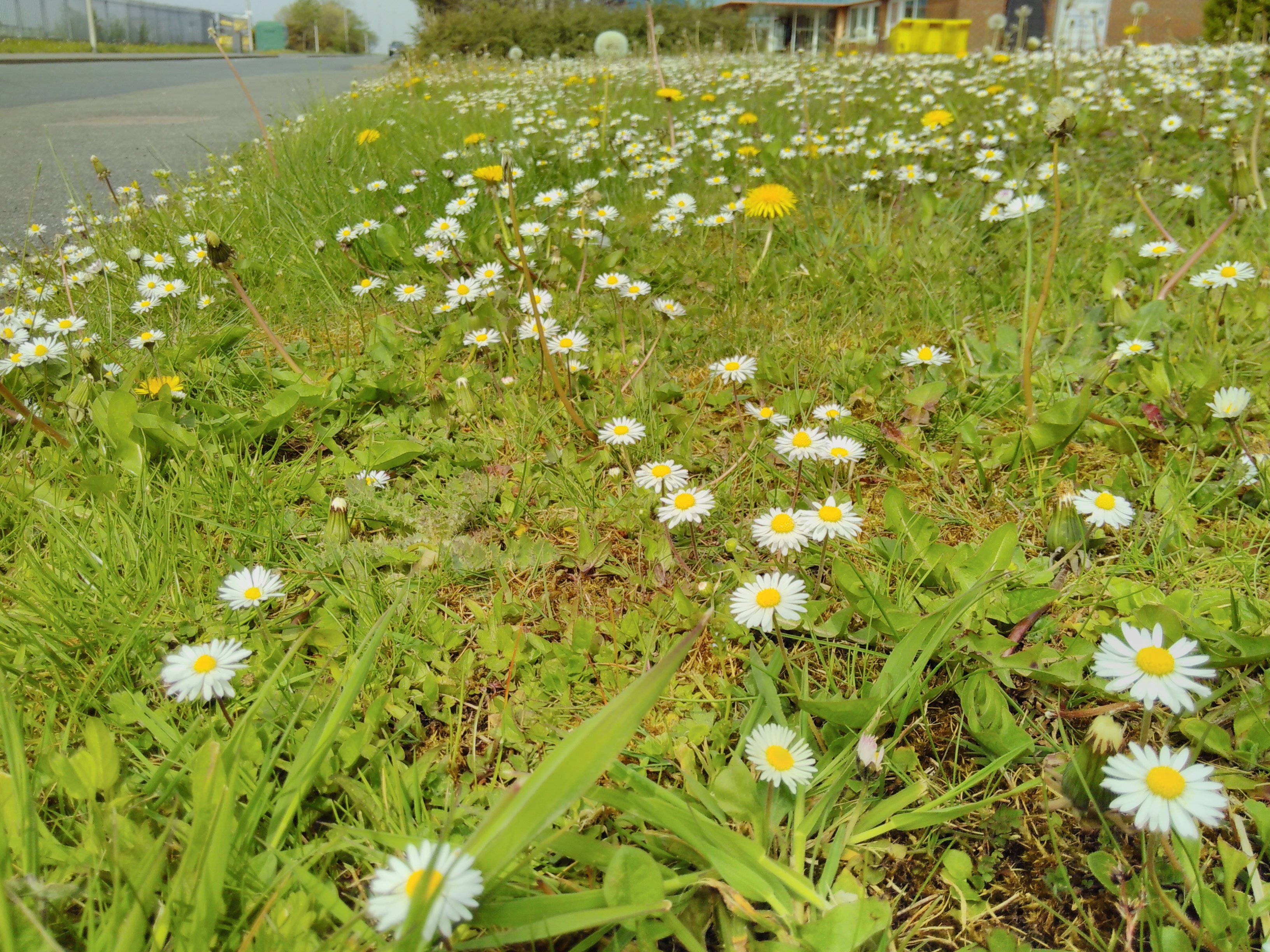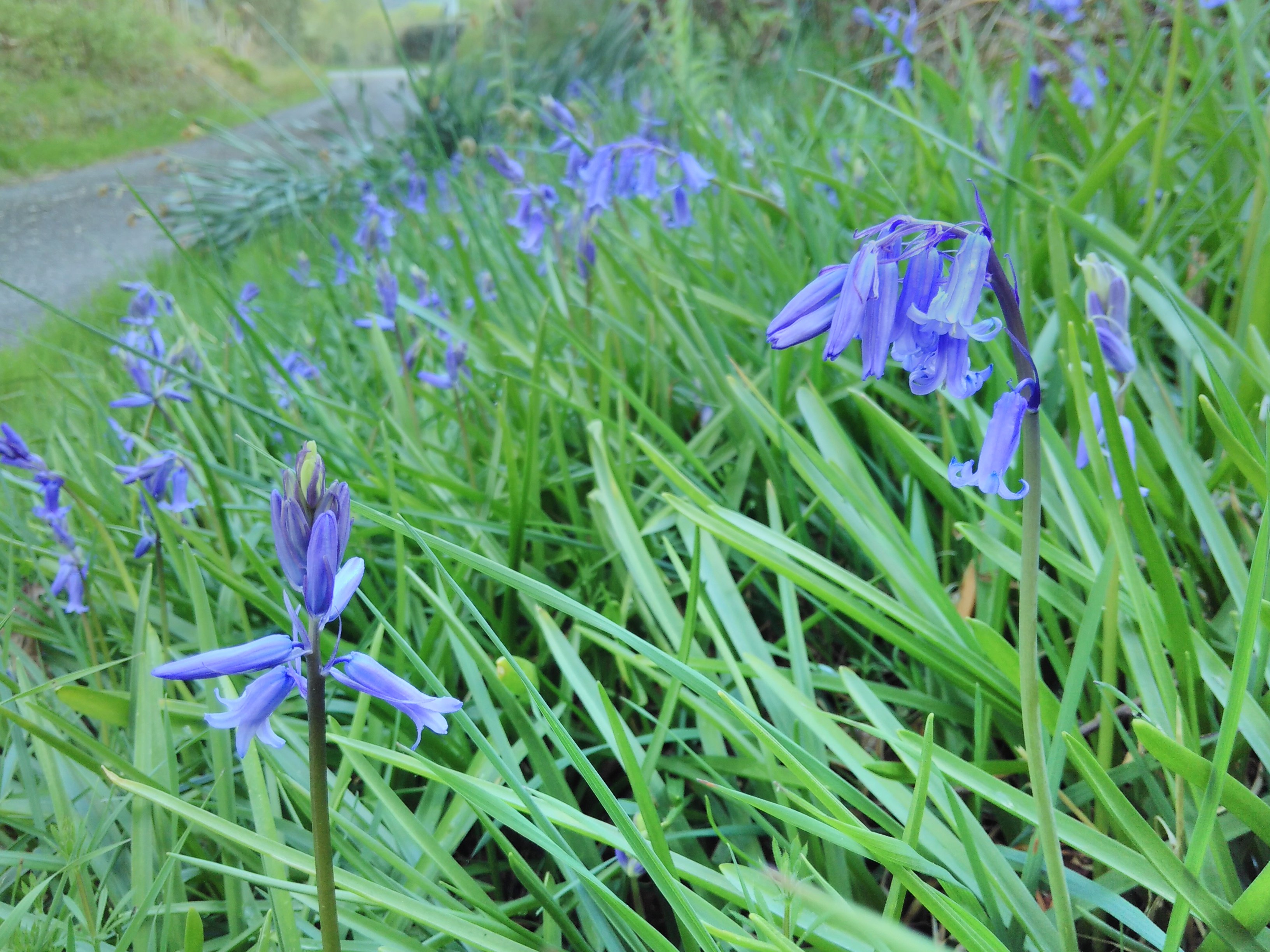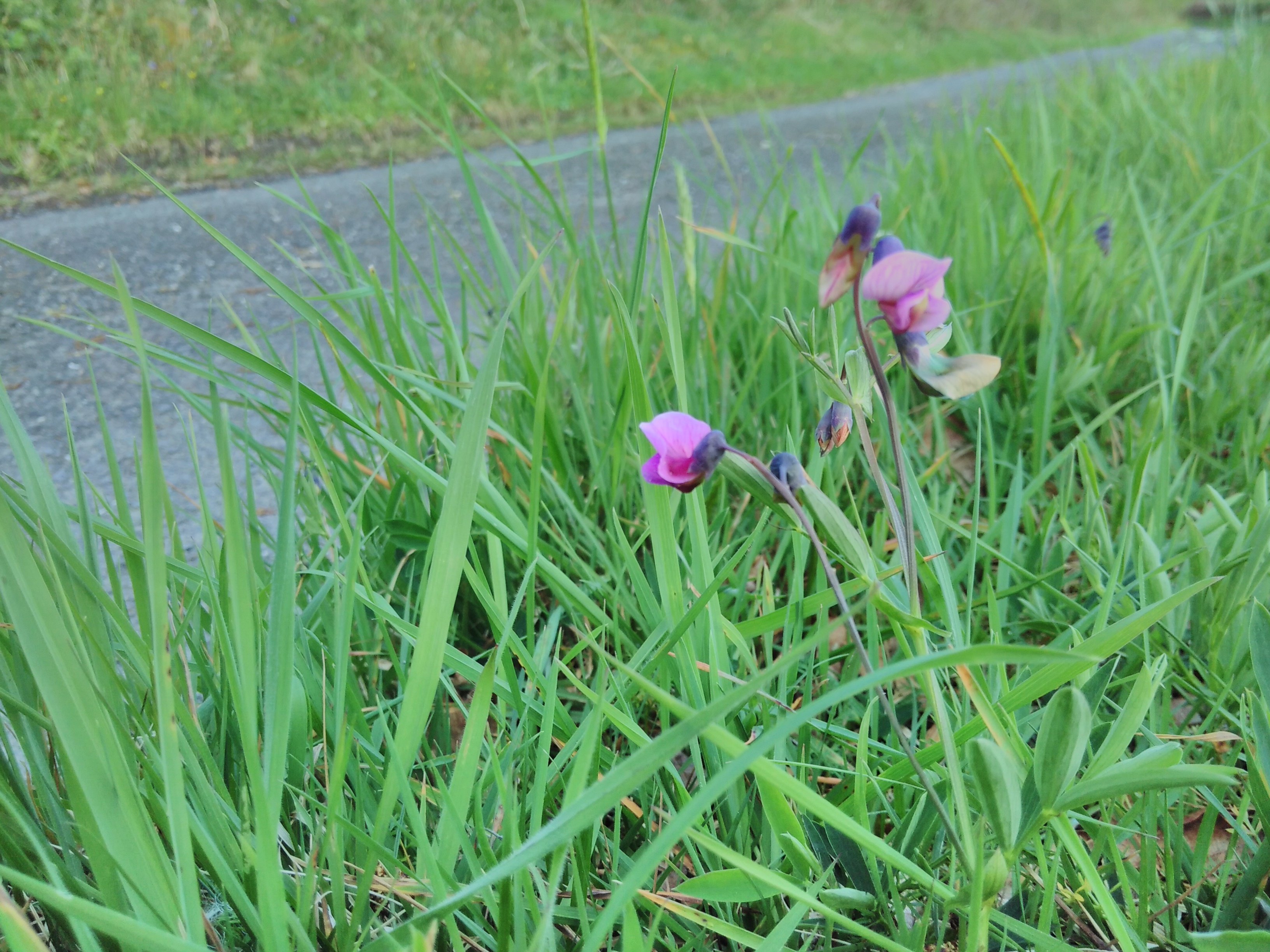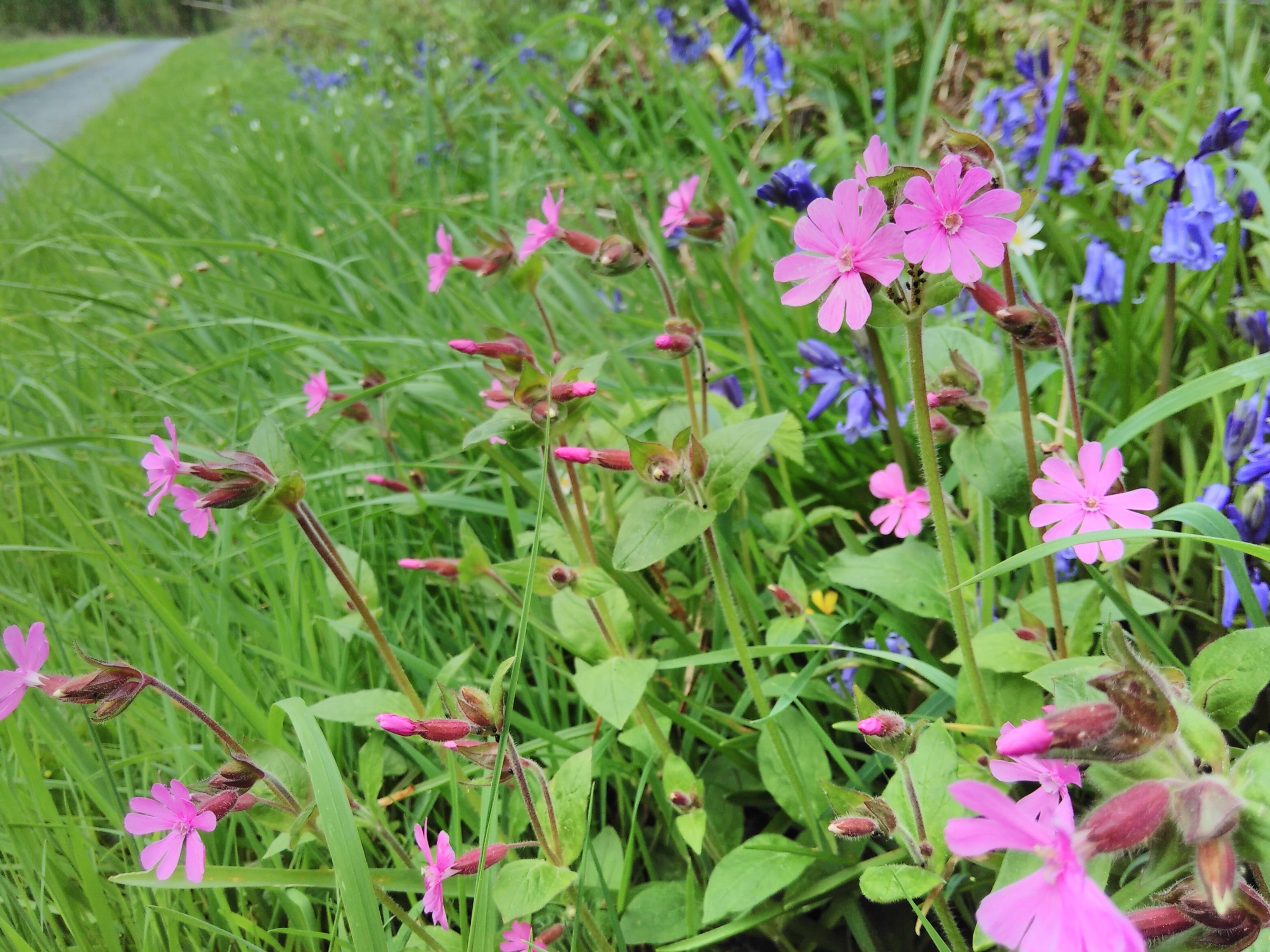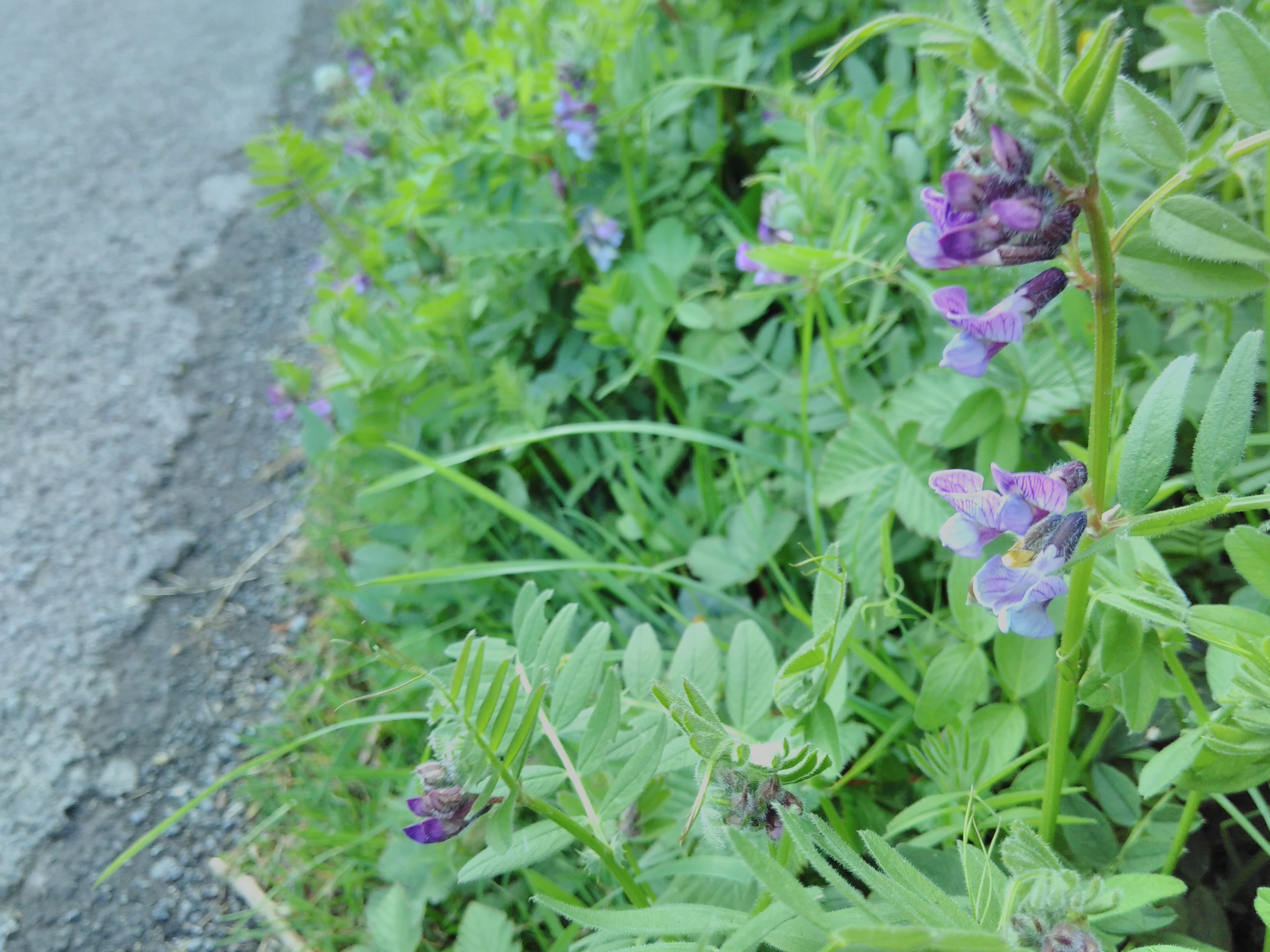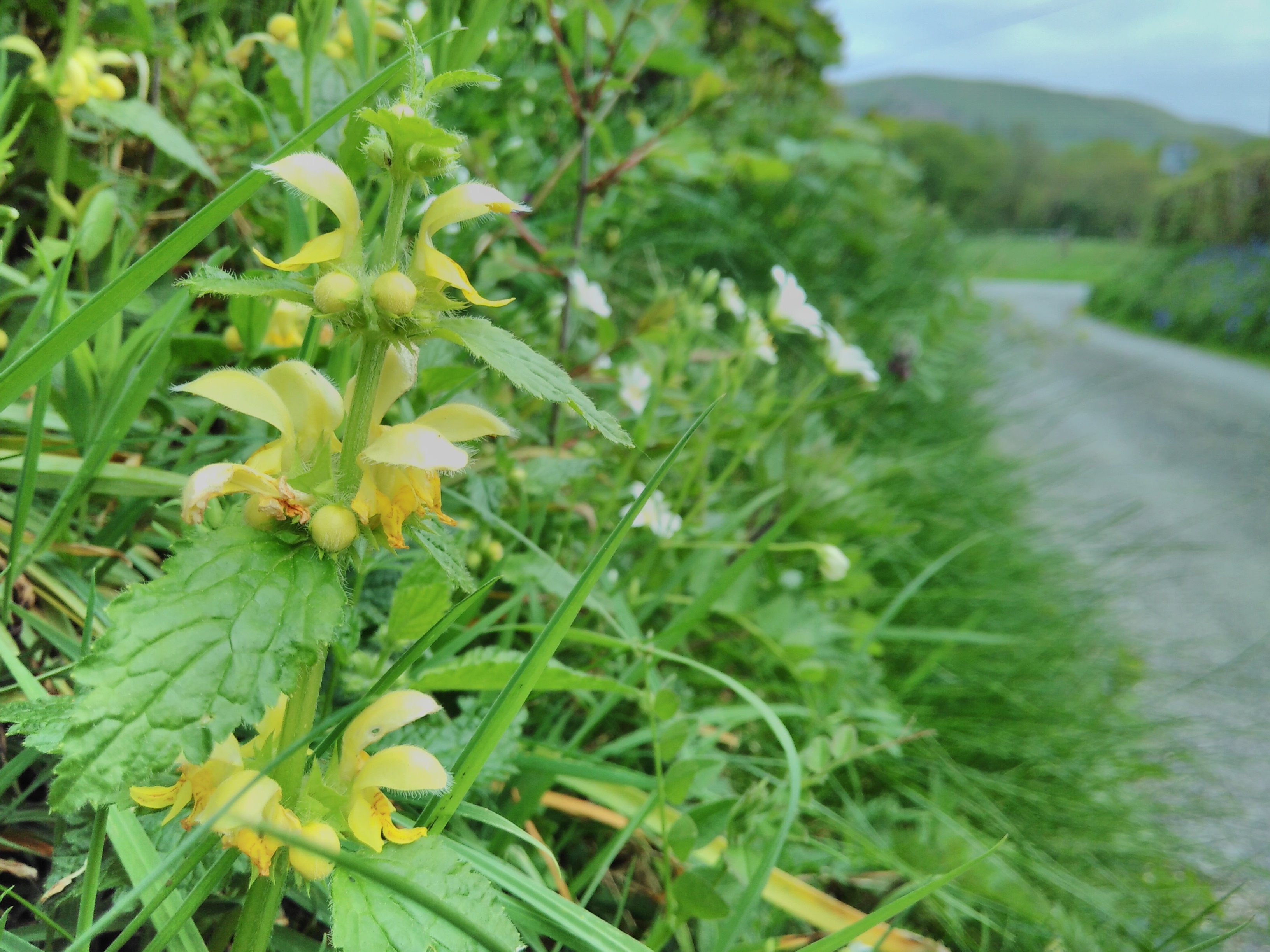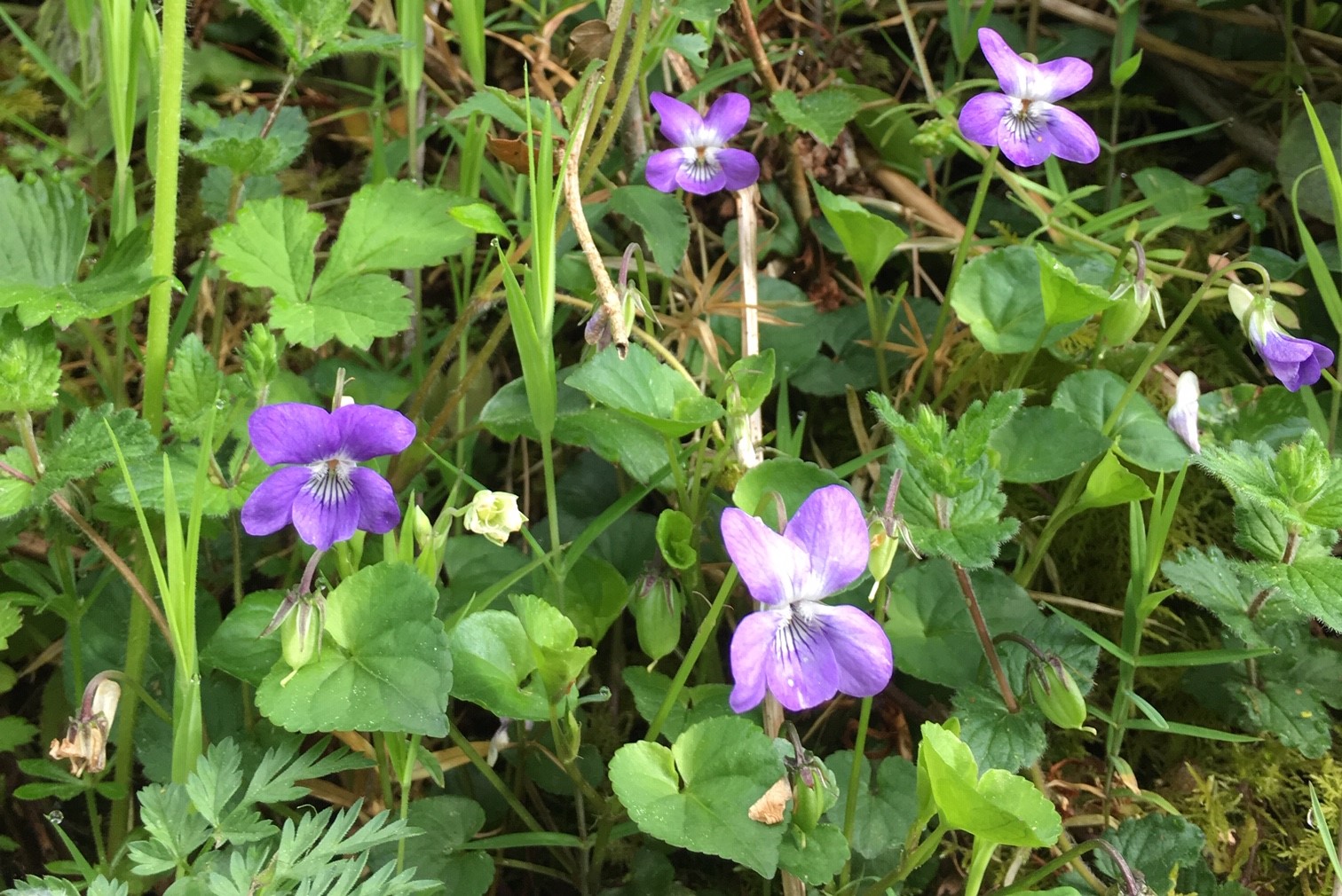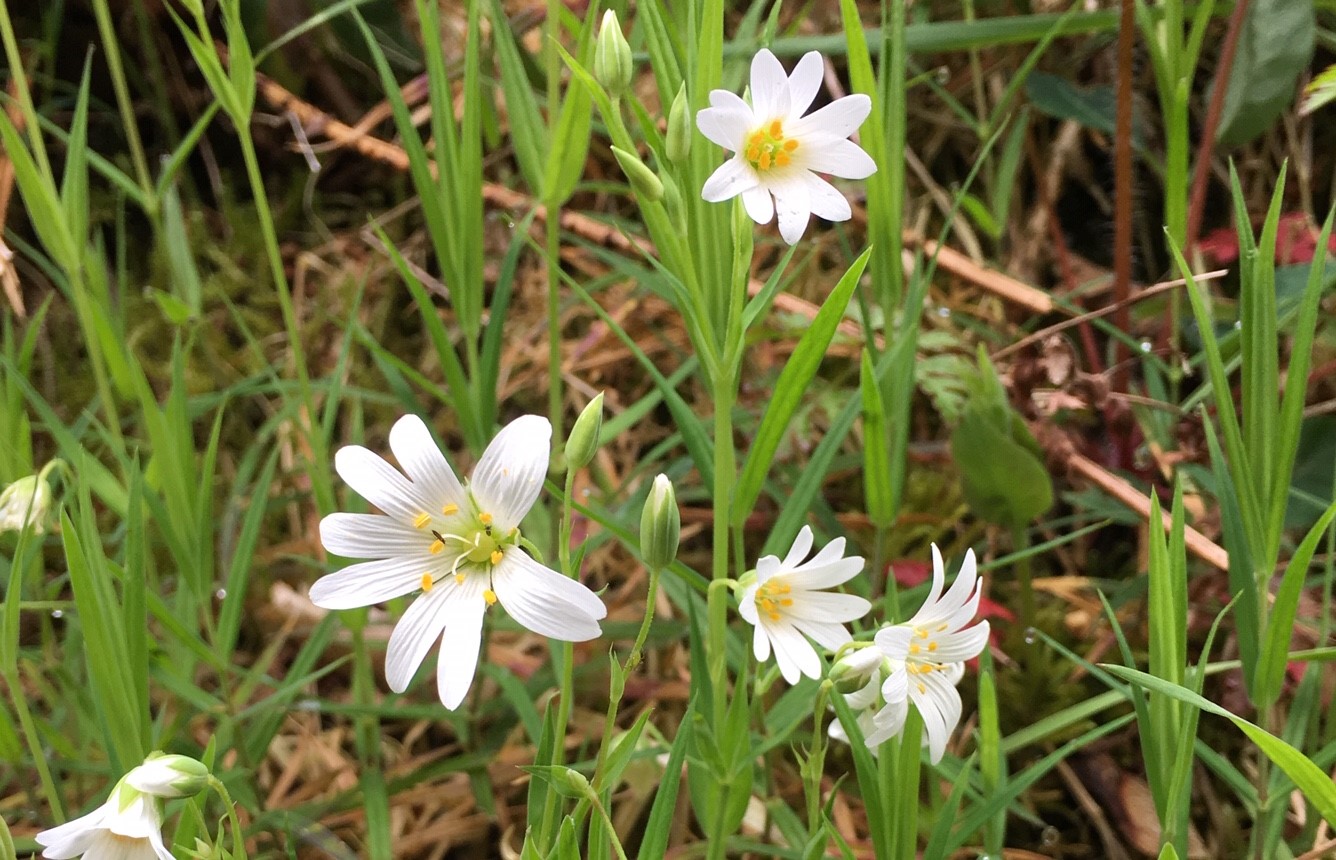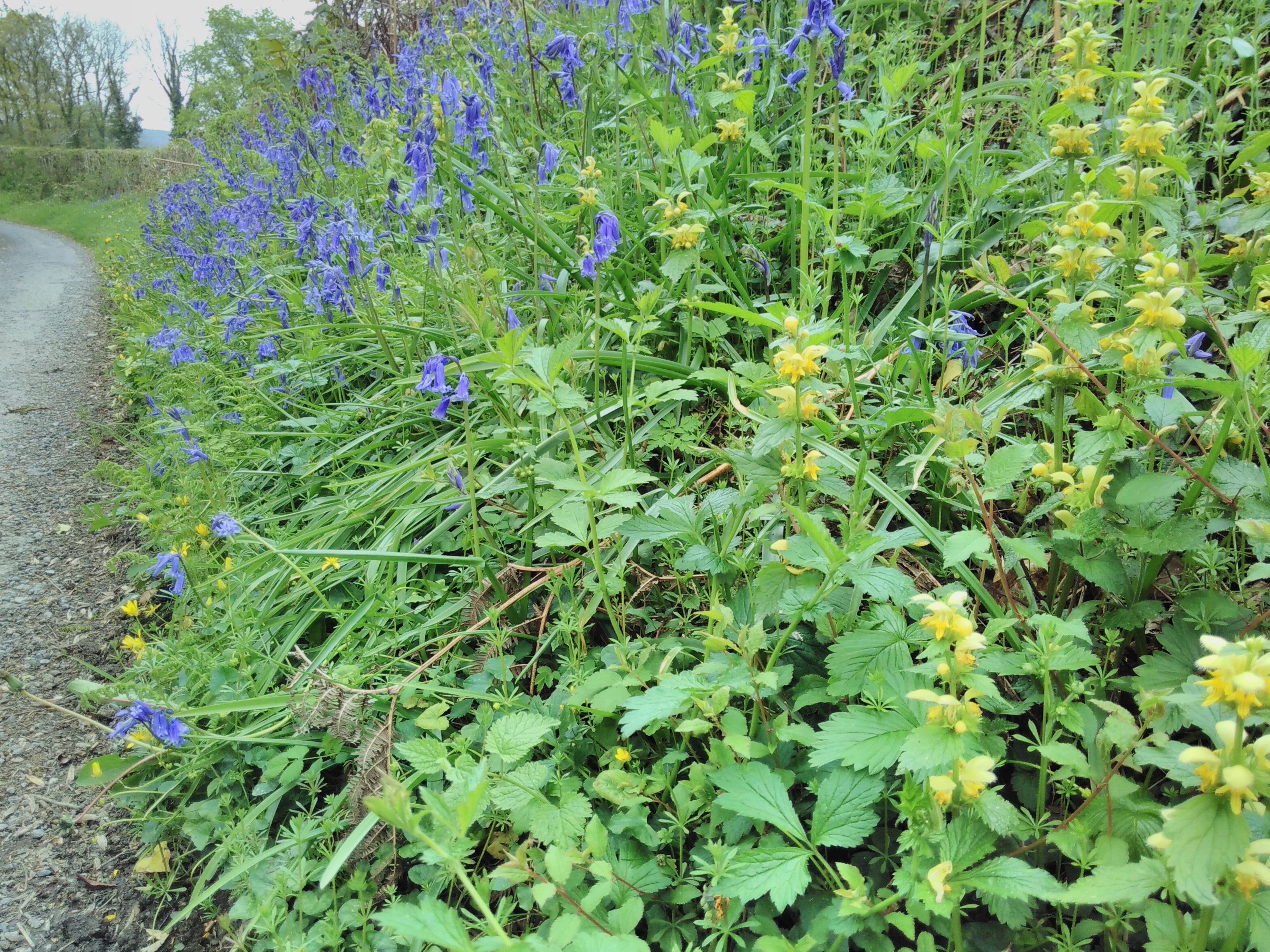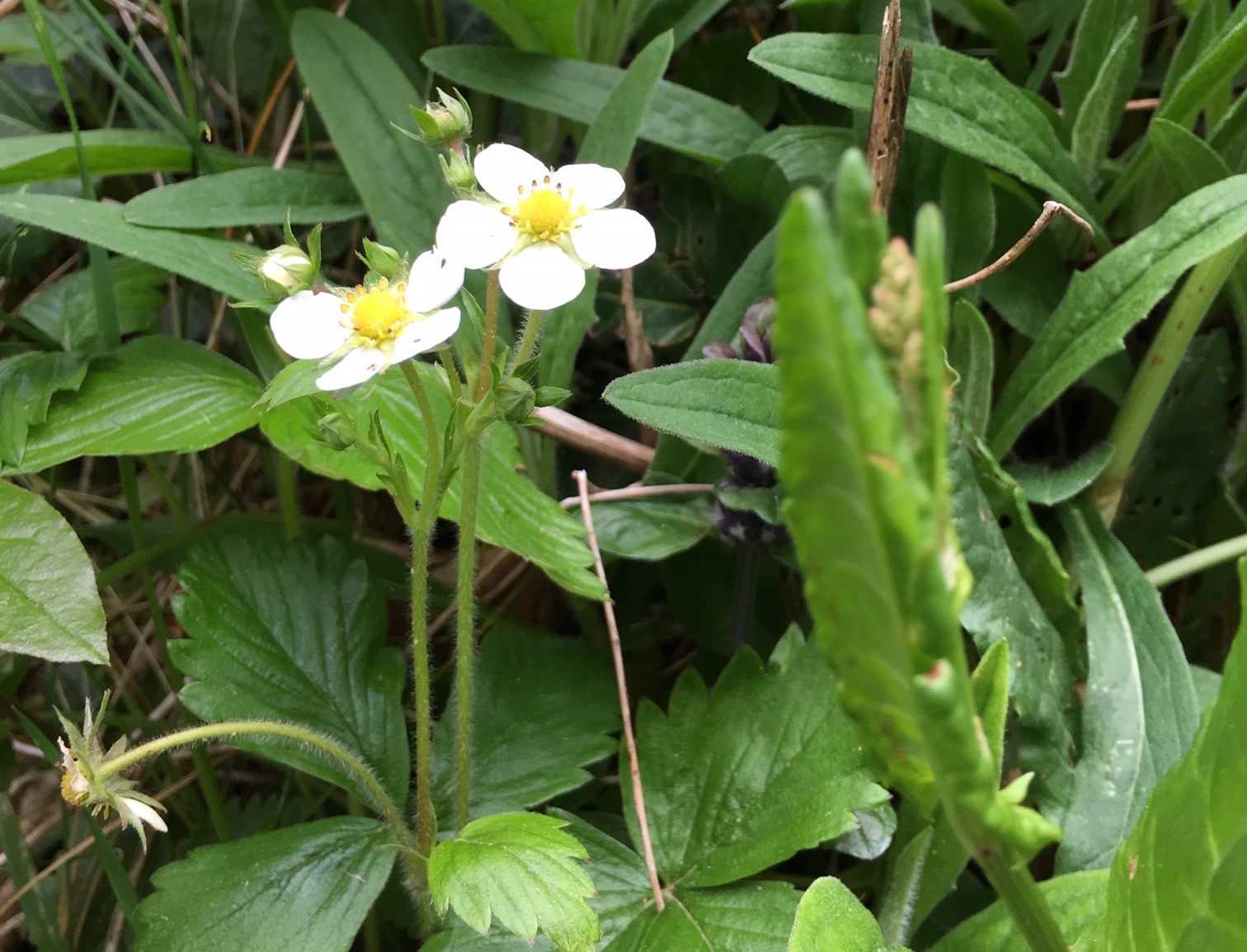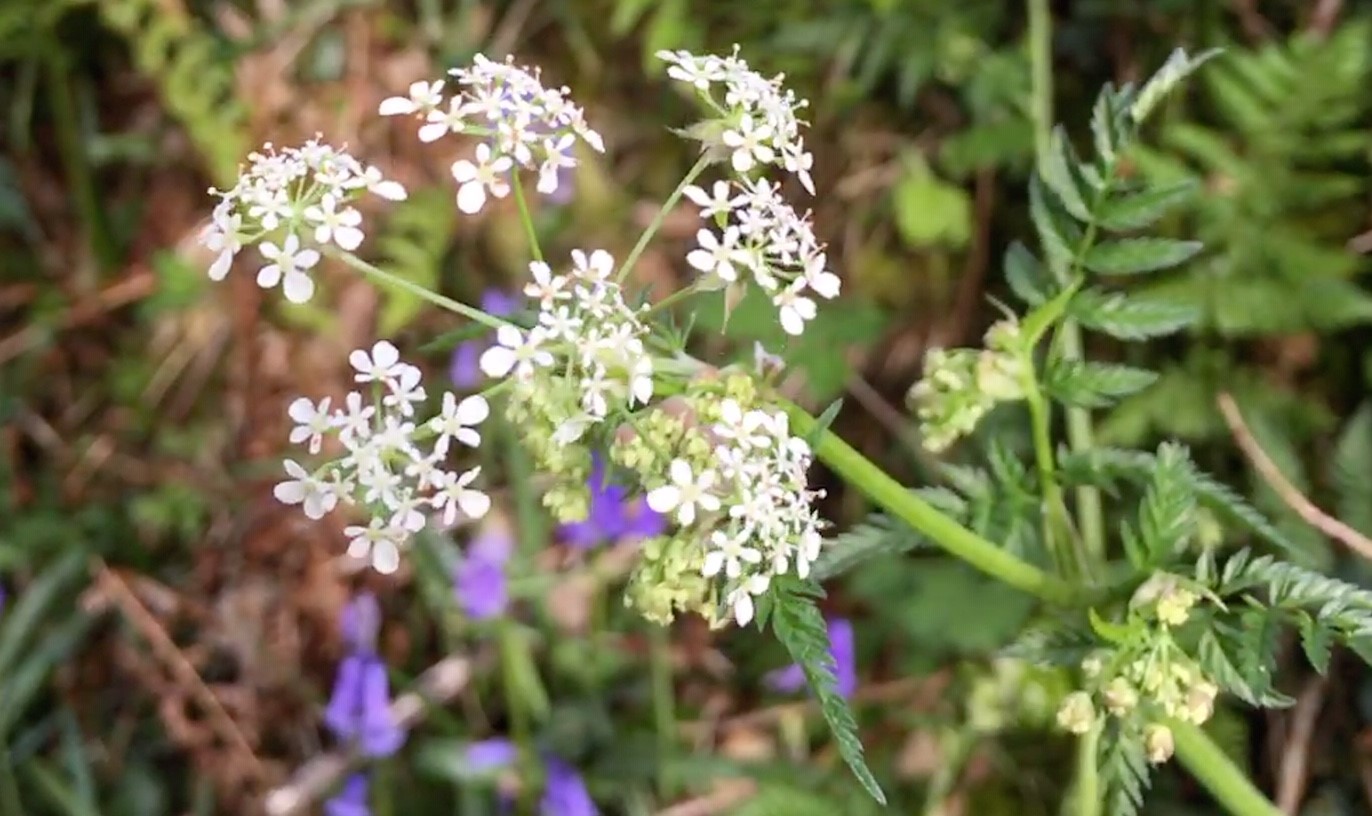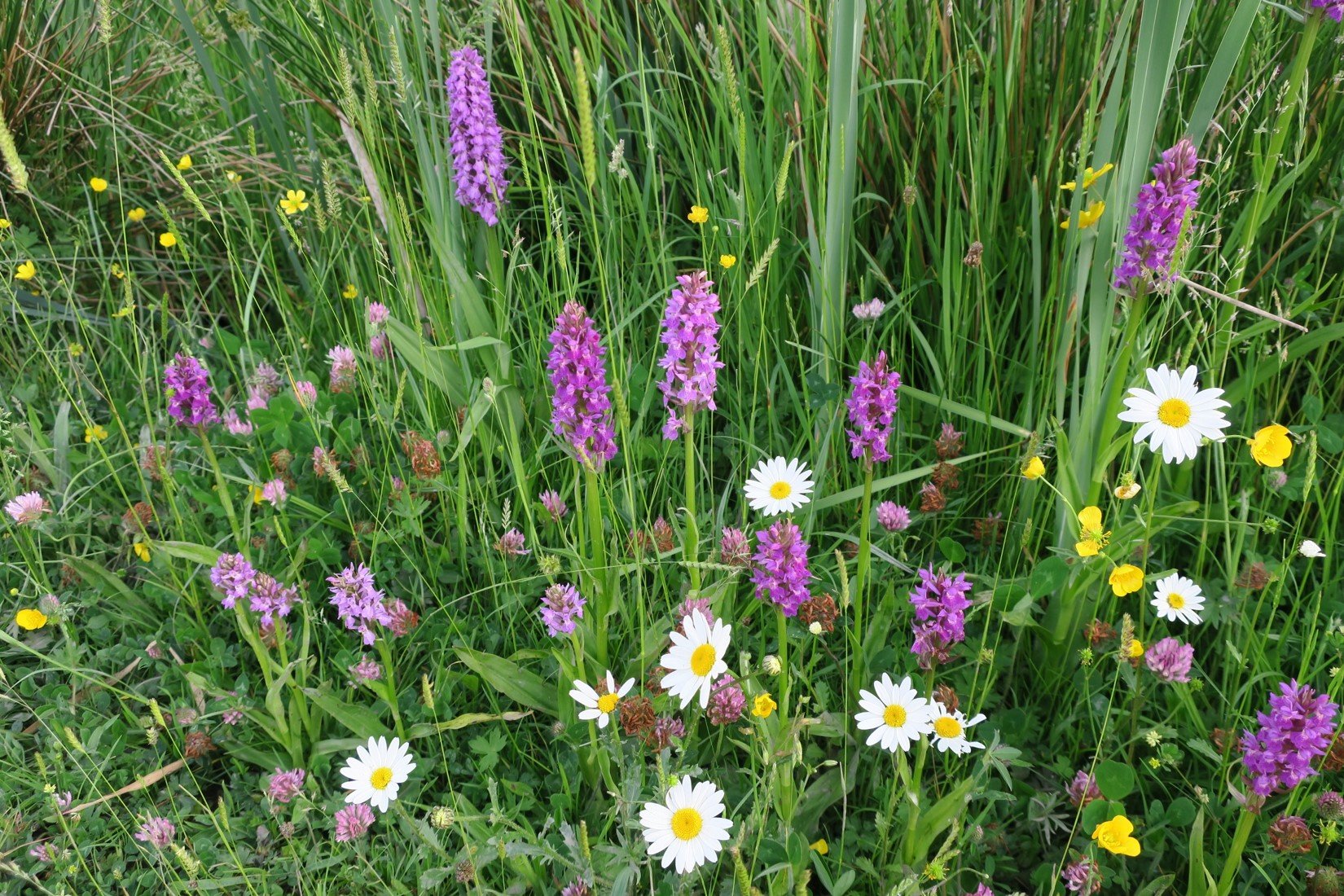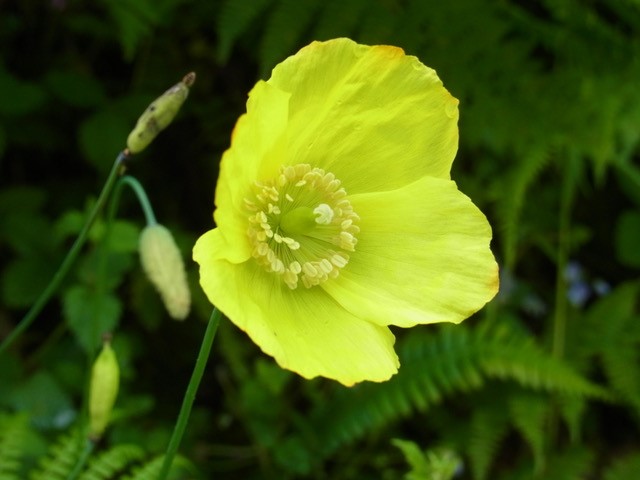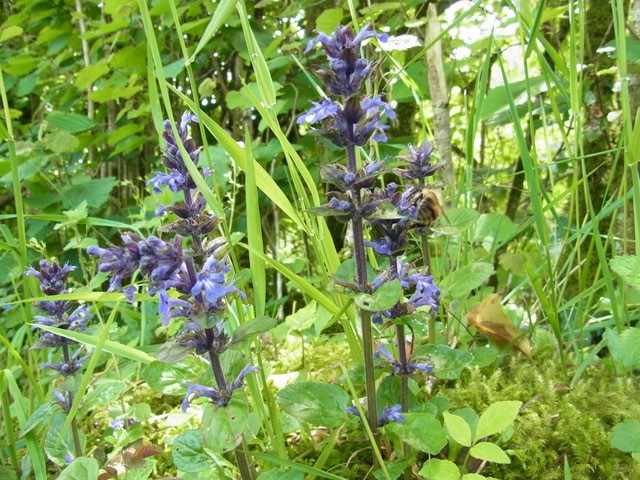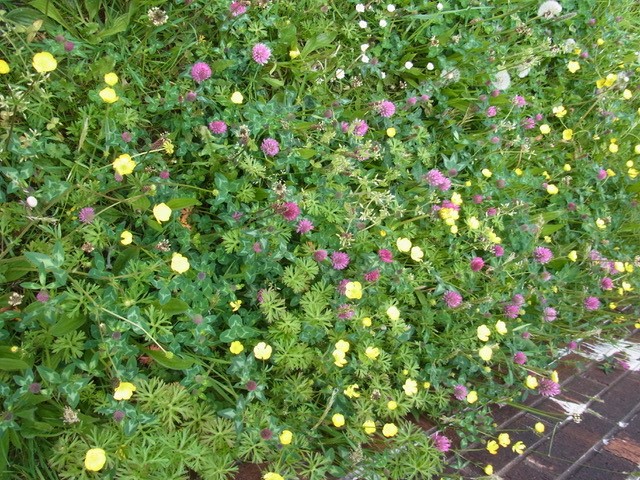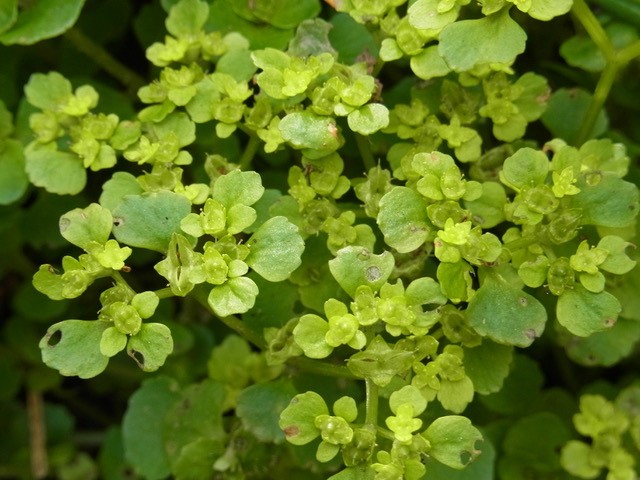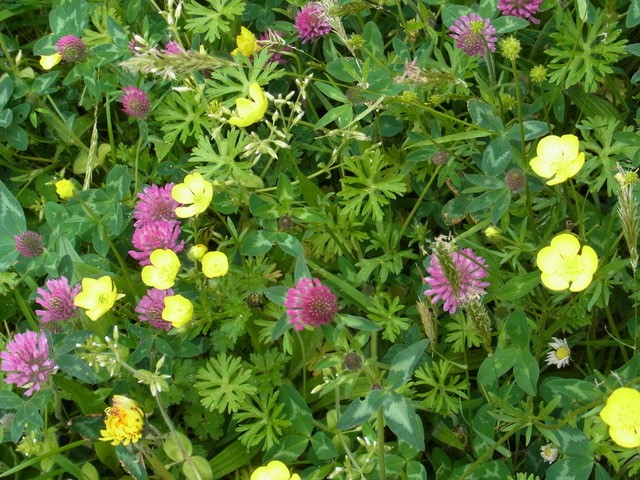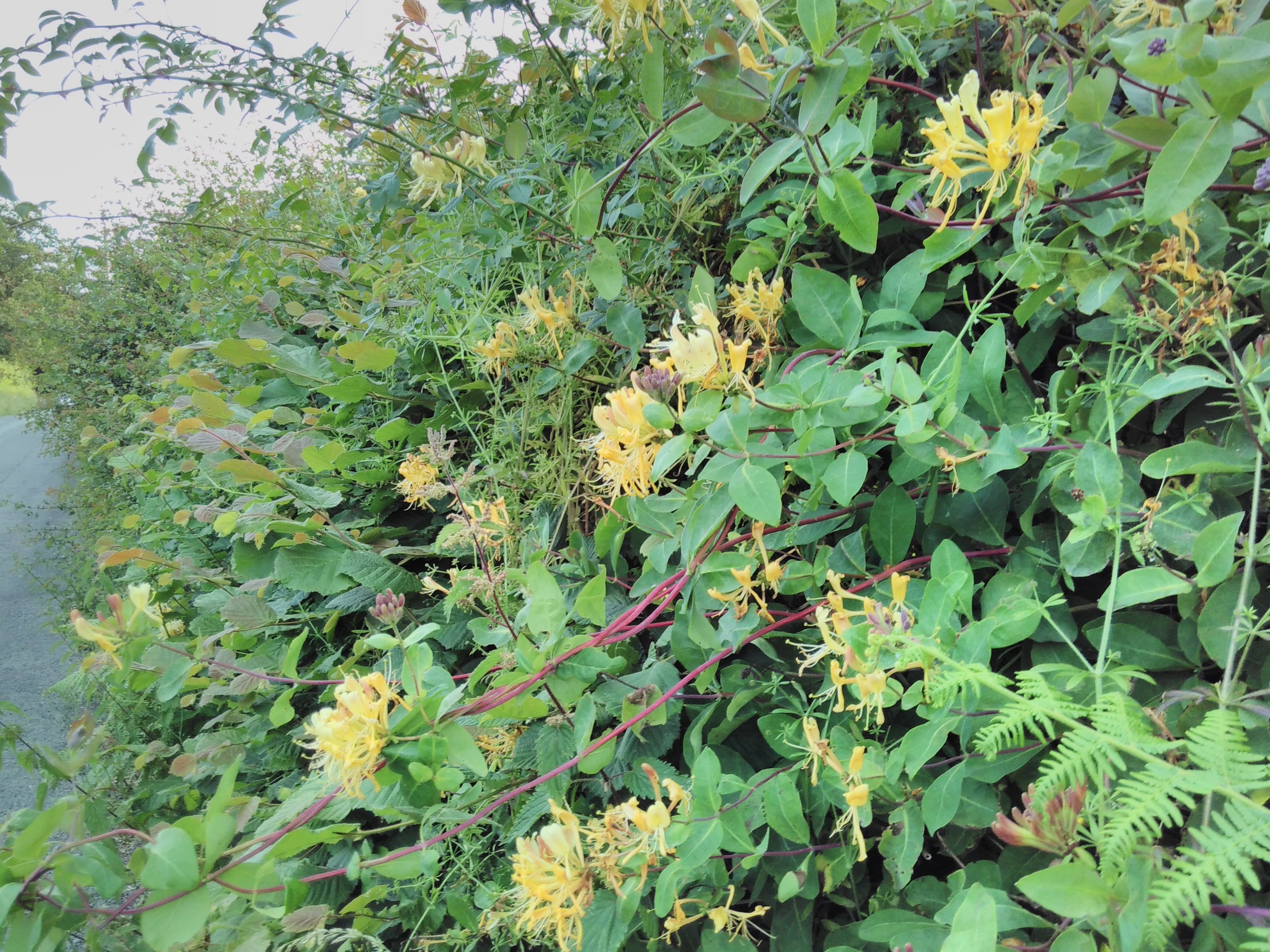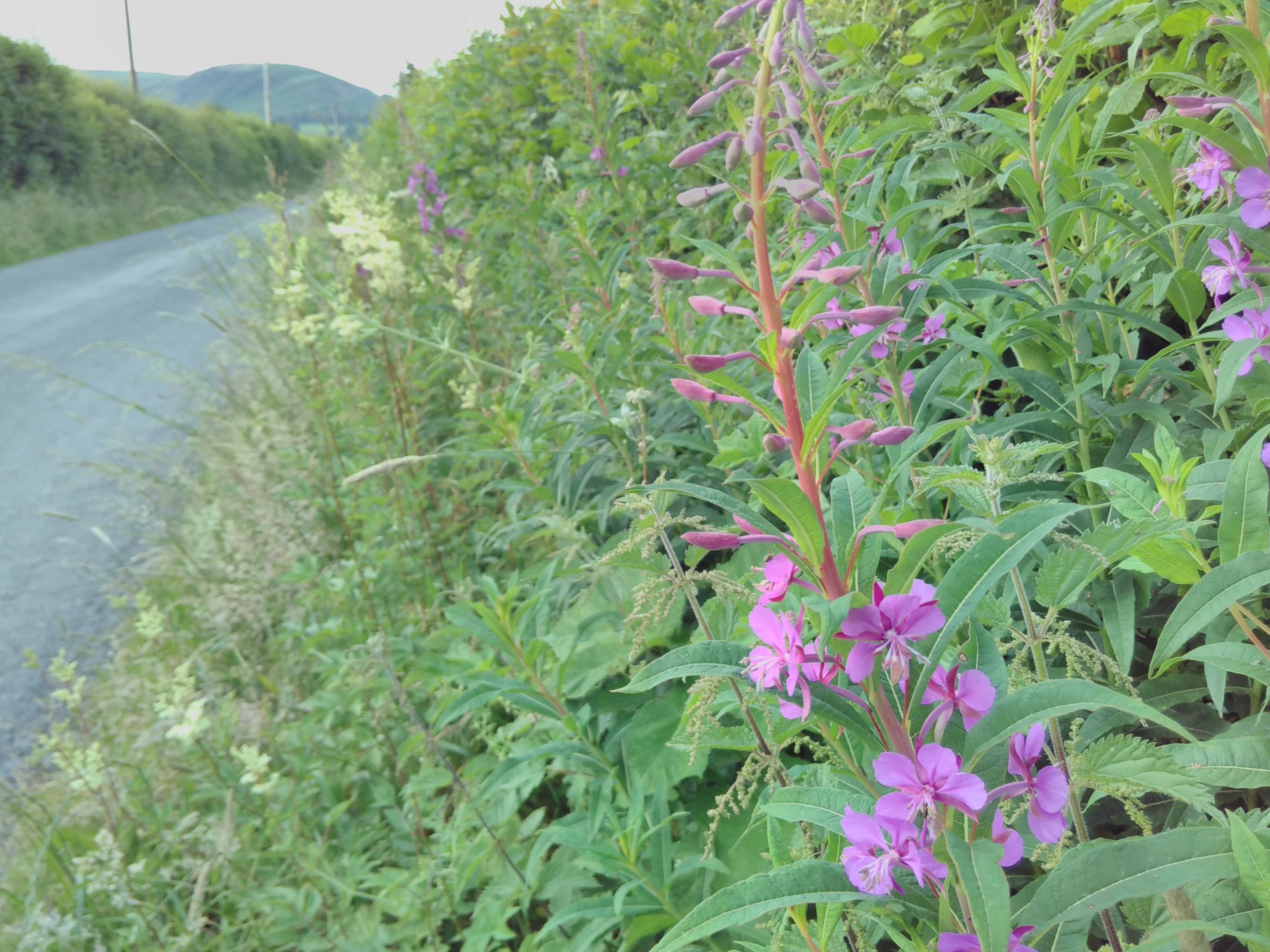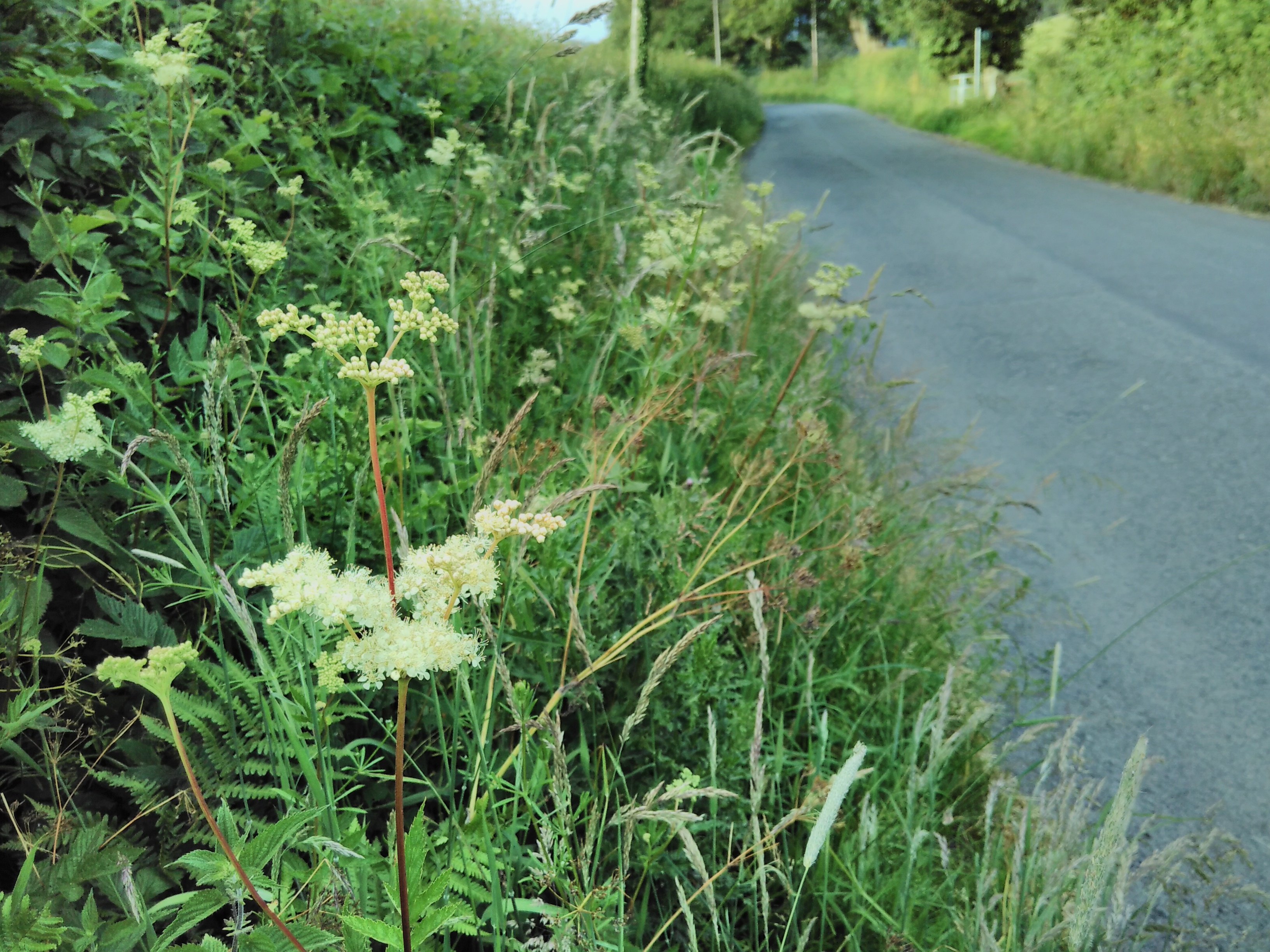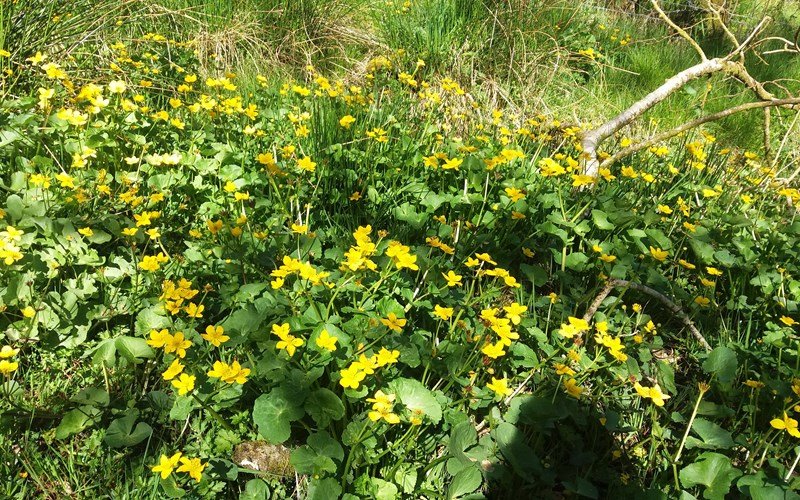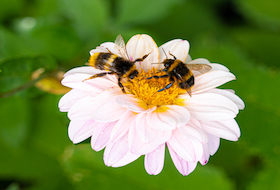Pollinators
In the UK plant pollinators are the insects that deliver pollen from plant to plant, enabling fertilization to take place leading to the growth of new plants. They are essential for continued plant growth in the wild.
Pollinators are essential for the maintenance of our ecosystems, through pollination of the wild plants which form the basis of most habitats. Pollinators are also important through the vital role they play in the production of many crops, contributing to the UK economy. Pollinators are of intrinsic value in their own right as part of our natural heritage, and some species, such as bees and butterflies, are widely appreciated by the public.
- As well as bees, butterflies, moths, hoverflies and beetles can also help pollinate flowers.
- Foraging honeybees will visit 2000 flowers a day to collect pollen and nectar
- In Carmarthenshire honeybees produced approx. 45 tonnes of honey in 2017!
- However, these important insects are under threat from multiple pressures including loss of habitat, intensive land management, pesticides and diseases.
The Council is seeking to take positive action for pollinators across the land that it manages.
- Highways manage a series of verges as 'late-cut' verges, allowing the flowers to set seed before being cut.
- We are working with Bumblebee Conservation Trust along our coast to enhance local green space for bumblebee species.
- Local Nature Reserve (LNR) management seeks to manage areas for pollinators. Management of species-rich brownfield habitat at Morfa Berwig LNR promotes a wide range of pollinators, including the scare brown-banded carder bee.
- We now have a Strategy for the management of our amenity grassland for pollinators, which will be implemented over the coming years.
- We take part in Plantlife’s No Mow May and encourage others to do so.
Amenity grass cutting on the Carmarthenshire estate - 2025
Over time Carmarthenshire County Council is changing the way it manages its amenity grassland in some places. A policy has been agreed by the Council’s Cabinet which will be implemented over the next few years.
During the grass cutting season (April-October – in general) areas will be cut in one of three ways:
Amenity Cut – high-use areas cut every 2 weeks and grass left on the ground. These areas include:
- all sports fields,
- edges to our paths and cycles ways and desire lines,
- paths within Nectar and Meadow areas (see below), ensuring these areas remain accessible to people, and enabling them to enjoy these areas and the nature they support,
- areas that are technically unsuitable for a Nectar or Meadow cut due to issues such as slope, and drainage,
- land for development; land that is being specifically managed for development pending the start of development.
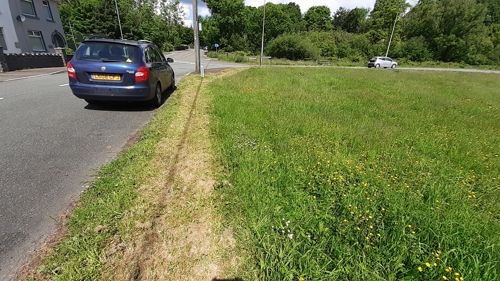
Nectar Cut - designated sites will be cut on a 6-week cycle, allowing short-flowering plants to complete their full flowering cycle and increasing the nectar available to insects.
- These sites include suitable areas within Housing sites, Sheltered accommodation, public buildings and public open space.
- Cut height: blade set to a height allow which allows low-growing plants in flower to pass under blades – 2.5-5 cm.
- Maintain a ‘managed’ look next to paths by mowing a 1-m swathe of short grass alongside any path edge.
- The management means that some flowering species will still be cut but, over the season, it will still be a net gain for pollinators.
- Arisings will be collected to reduce the nutrient content of the soil. This will encourage flowering plants and discourage lush grass.
- Arisings either removed from site to a green waste site, left as habitat piles if suitable locations can be found on site, or in composting sites created on site suitable to the scale of the site.
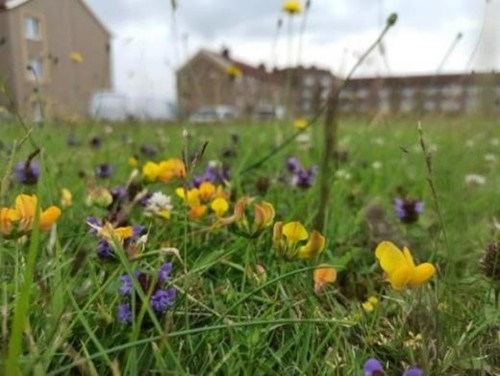
Meadow Cut - agreed lower use sites/areas to be managed as a meadow – and cut twice a year in March/April and August/September.
- These sites include suitable areas of, or within, public open space.
- Maintain a ‘managed’ look next to paths by mowing a 1-m swathe of short grass alongside any path edge.
- If necessary/appropriate paths cut through the site.
- The collection of the cuttings is an essential part of the process. It removes nutrients, lowers the soil fertility and prevents a ‘thatch’ of dead grass inhibiting wildflower seed growth. Over time, the percentage of grass decreases and the percentage of wildflowers will increase.
- In making these changes we will also stop cutting grass beneath the canopy of trees unless paths cross these areas.
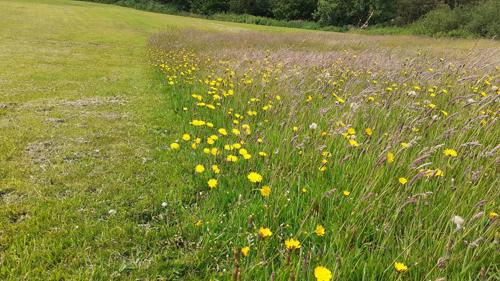
Monitoring
We will be monitoring a percentage of areas for biodiversity benefit in line with standard methodology each year. Financial and staff resource requirements will also be monitored and kept under review. The results of all monitoring will inform how the scheme develops and is implemented. If you would like to help with monitoring the flowering plants in on a site, let us know.
Complaints and compliments
We receive both complaints and compliments each year from the public about the type or timing of the grass maintenance we undertake.
We are open to adding grassland areas to the scheme at any point. However, because changing grassland management can affect working and resource patterns, the introduction of new areas into the scheme may need to wait to the start of the next growing season whilst it is considered by the relevant Council department and Grounds Maintenance.
We will also review management if complaints are received and cause a significant issue.
Eventually all amenity grassland managed by the council will be managed in one of these three ways. We hope that other public bodies and Town & Community Councils will follow this way of working.
